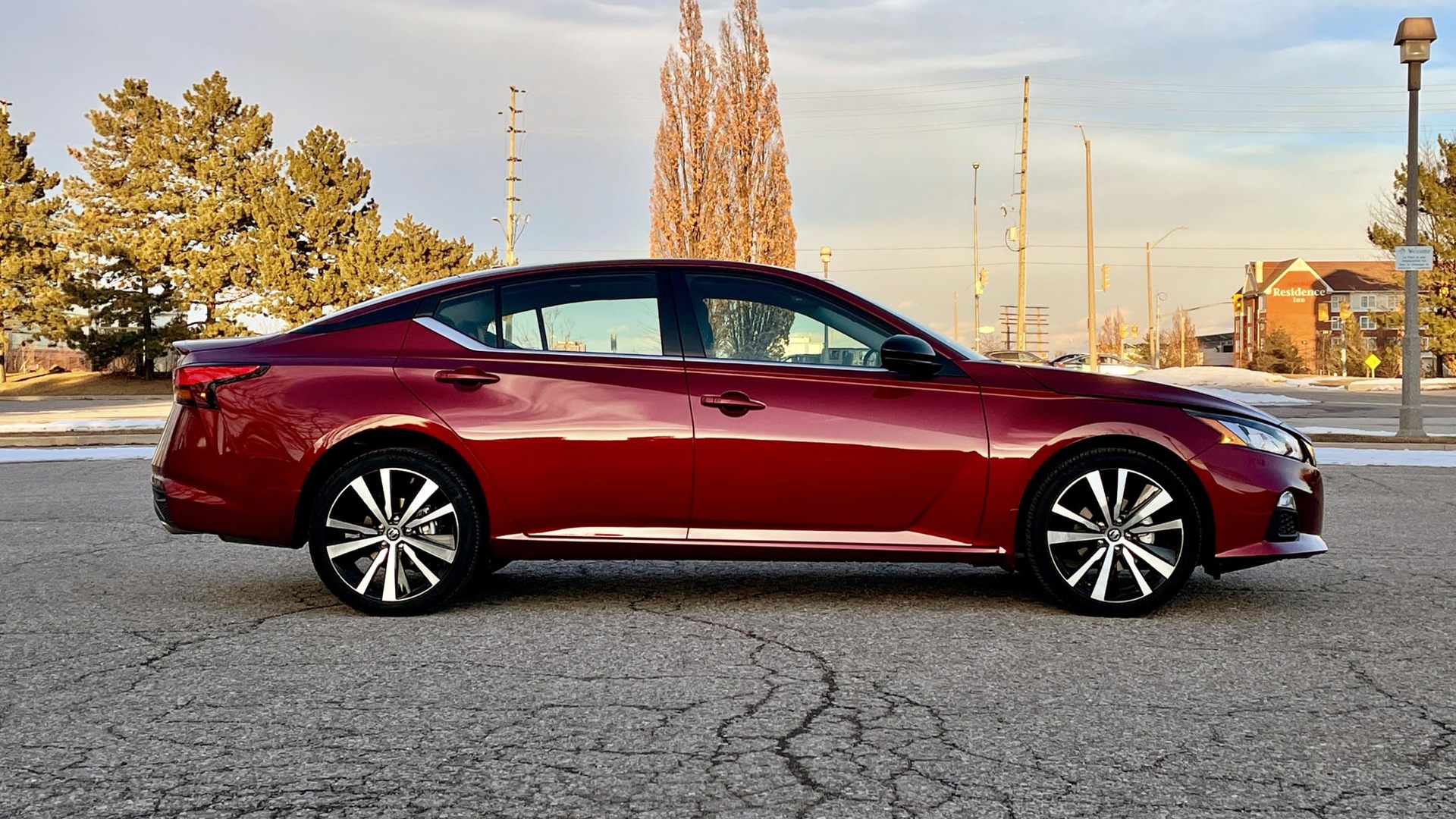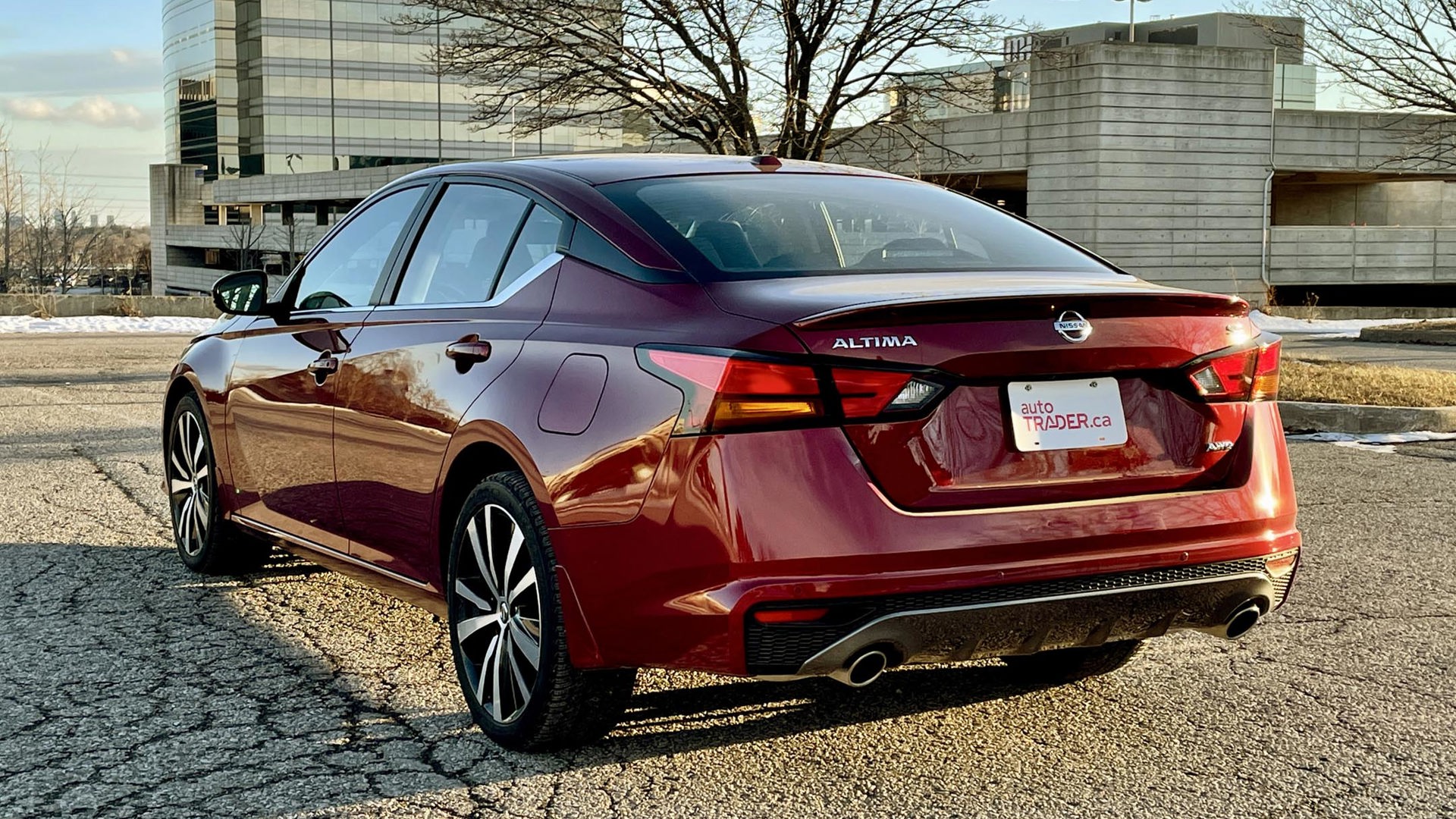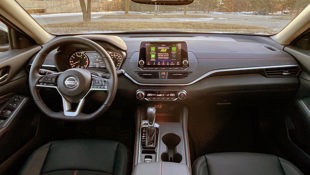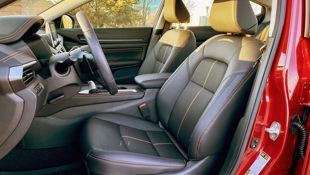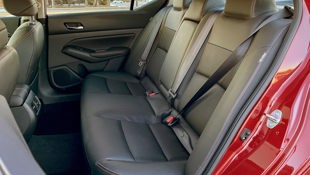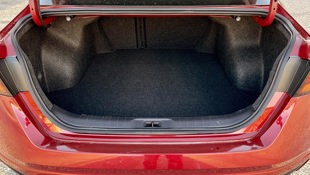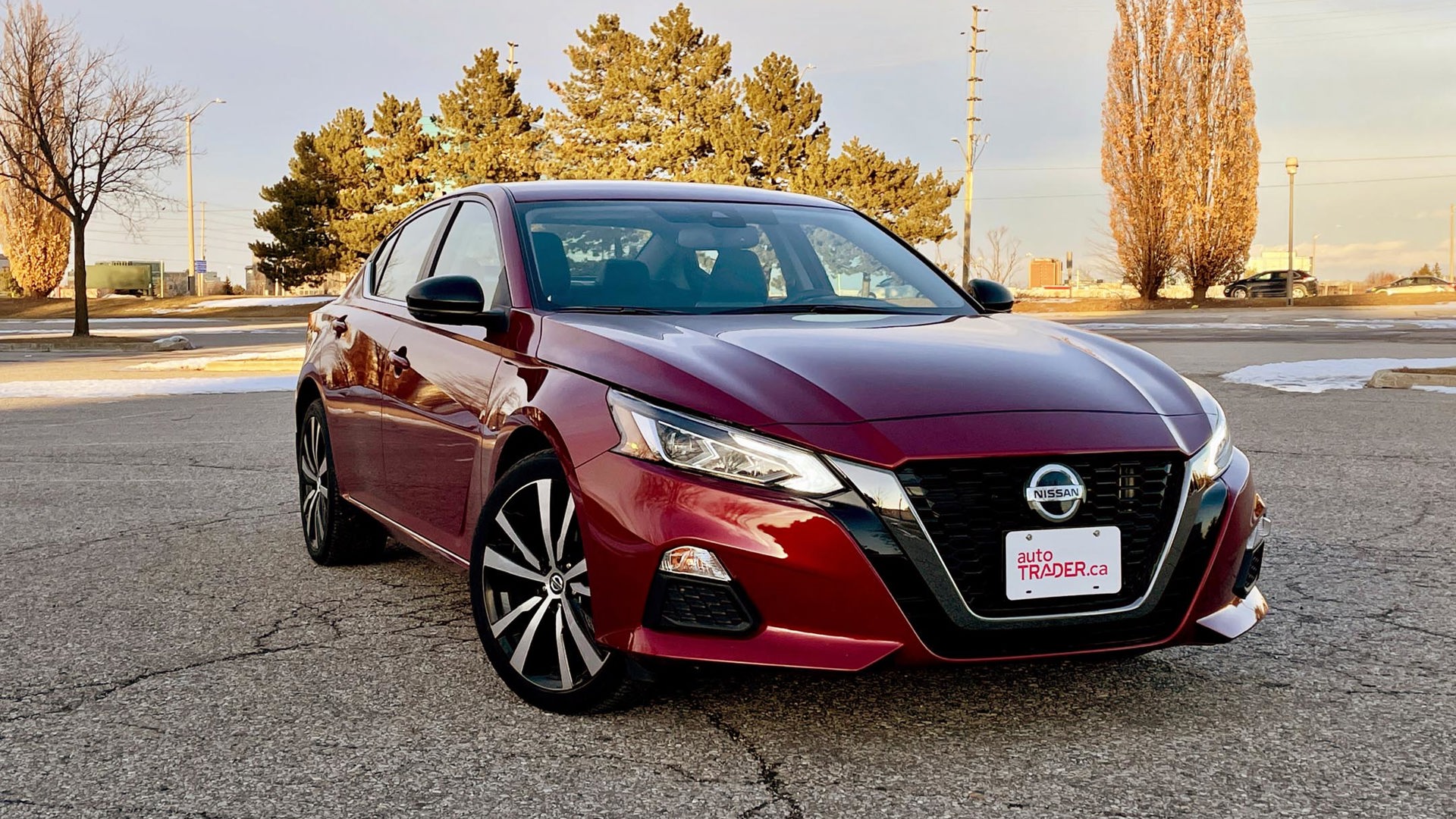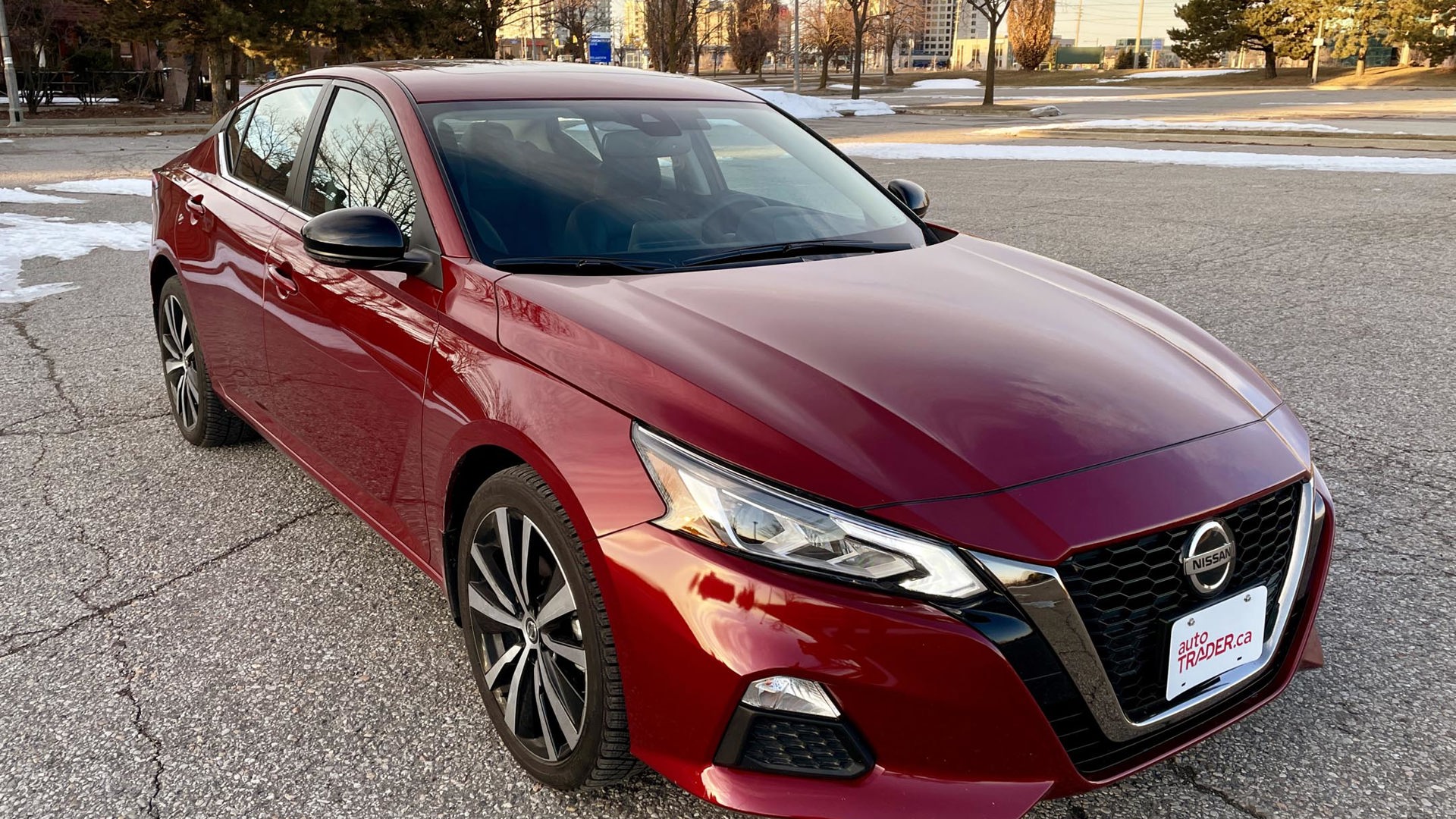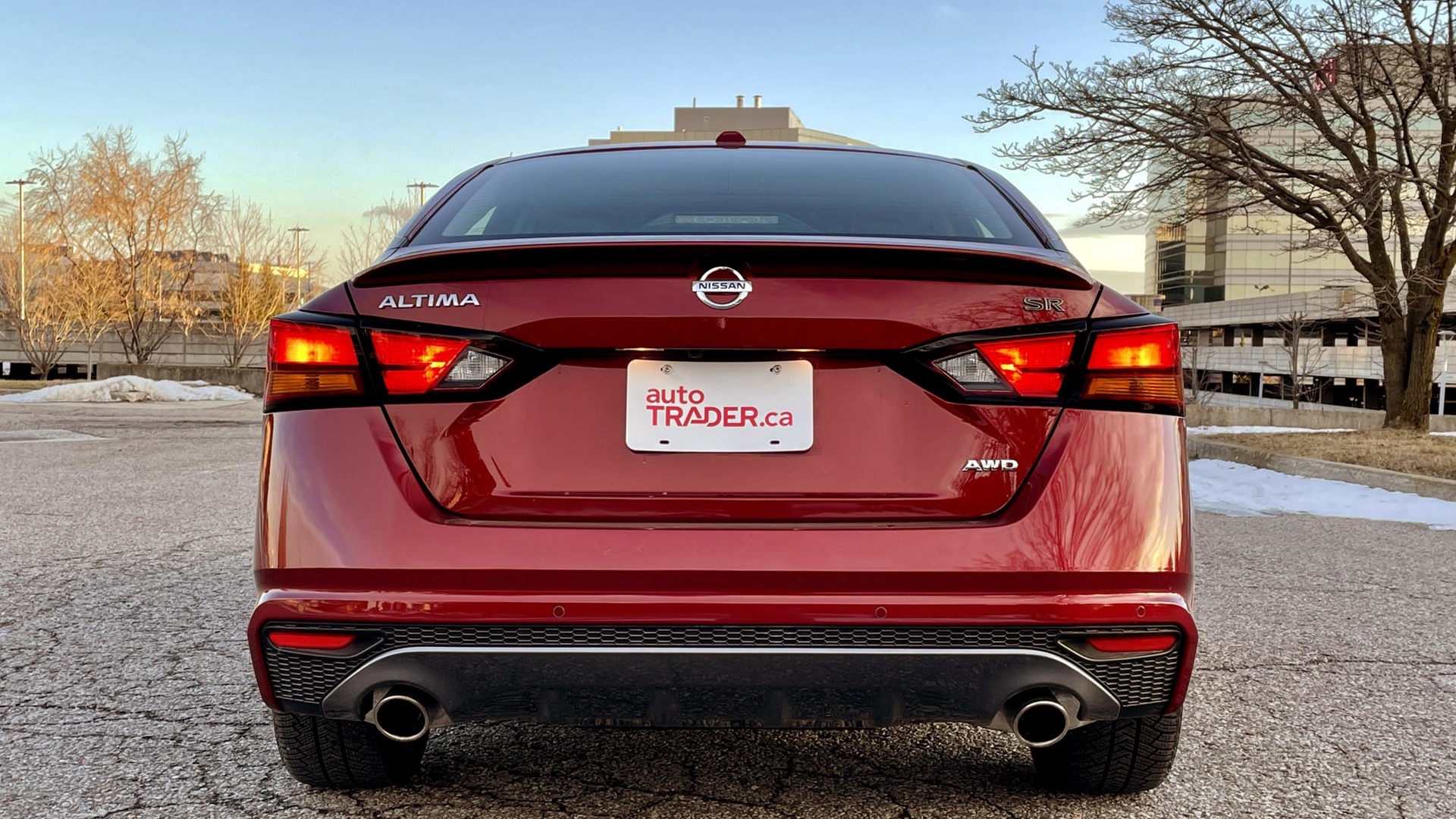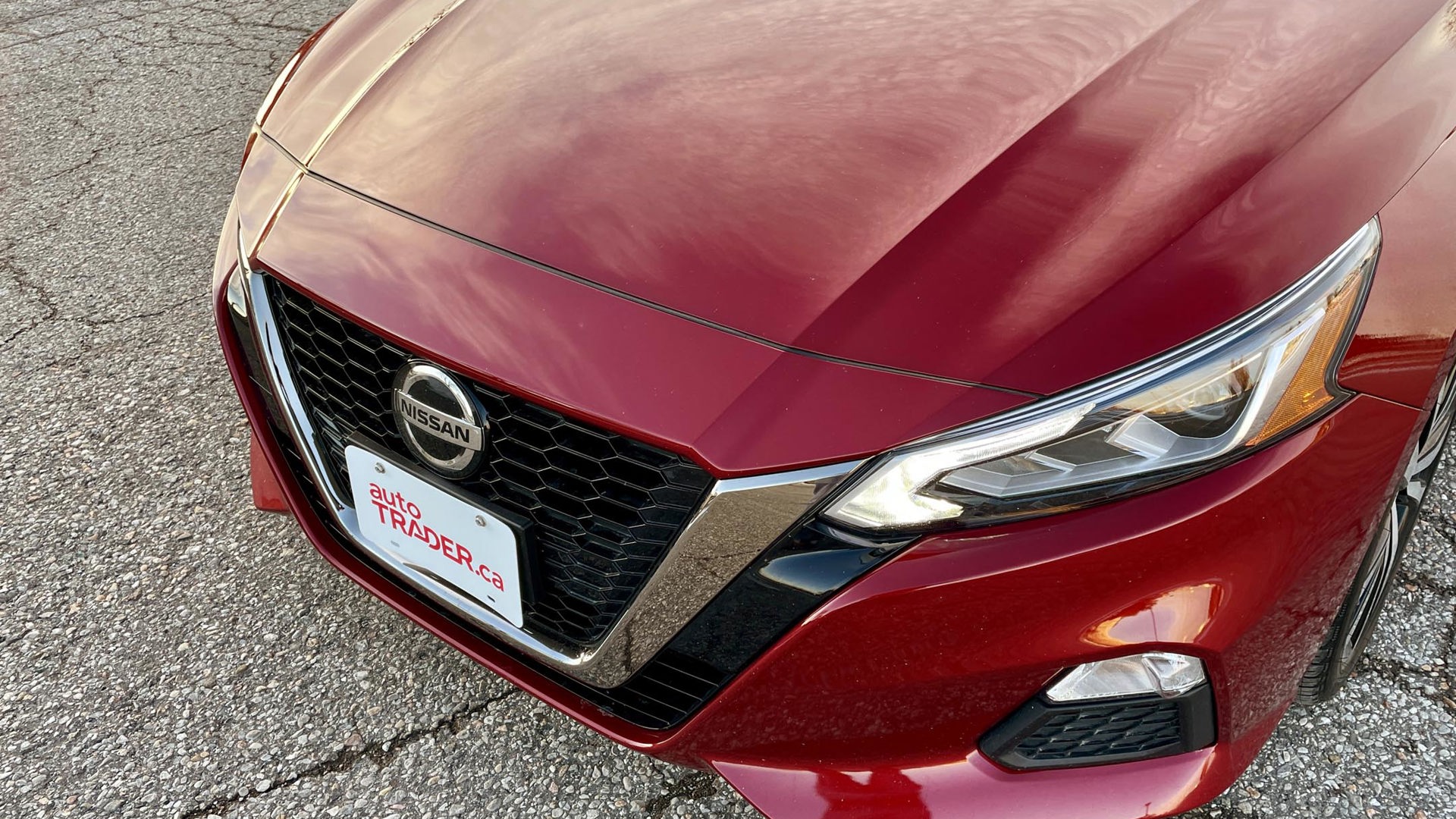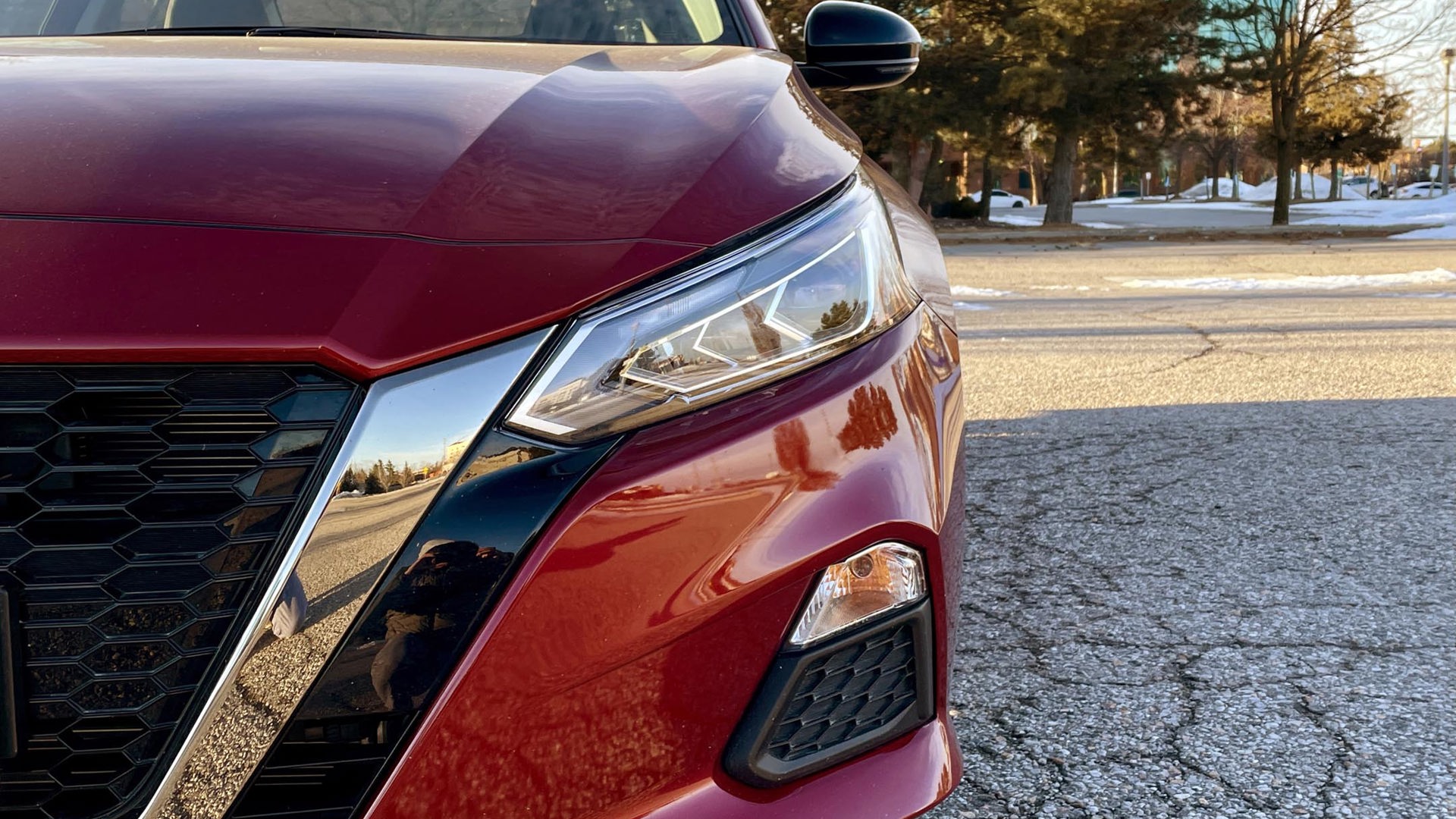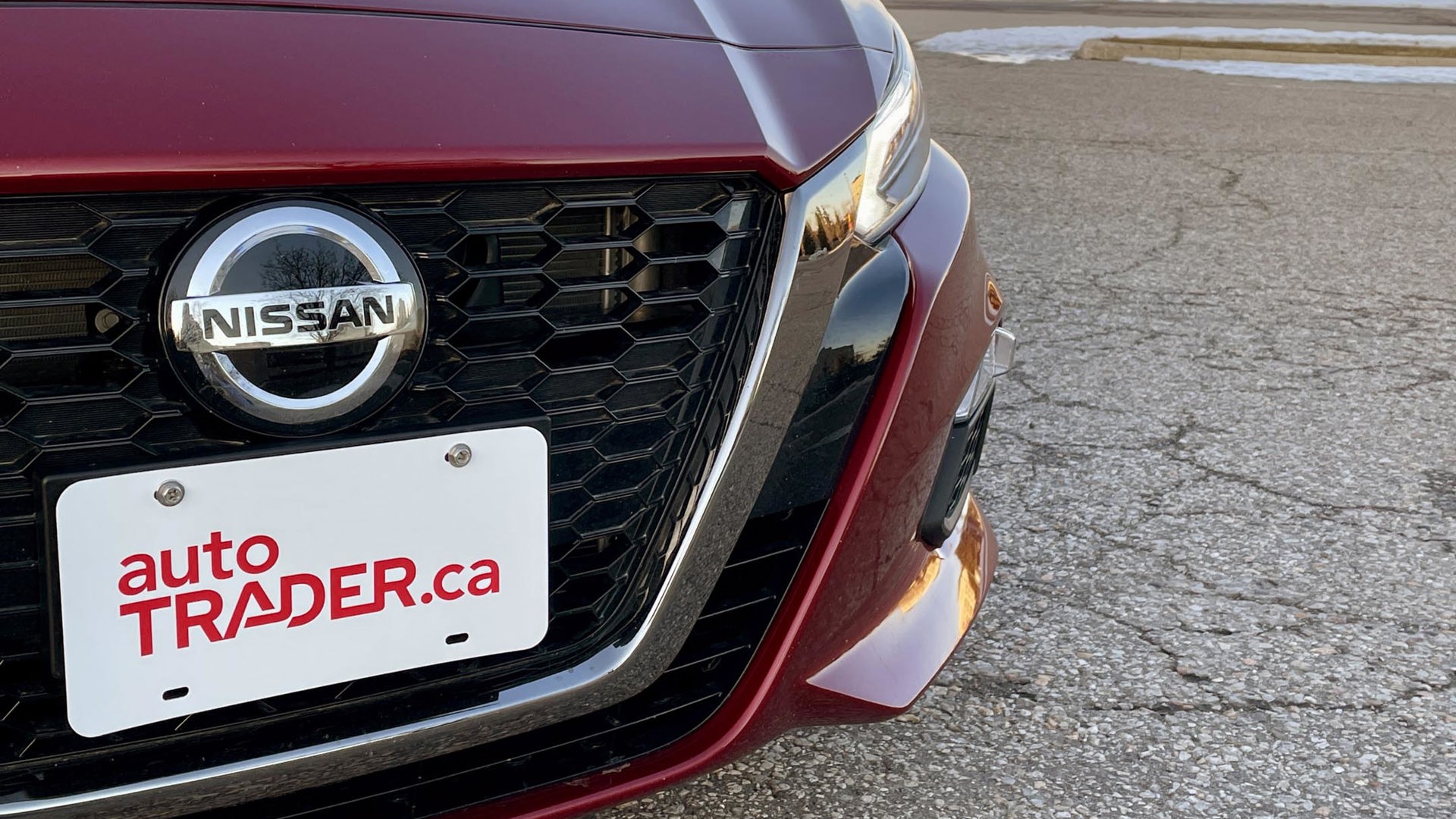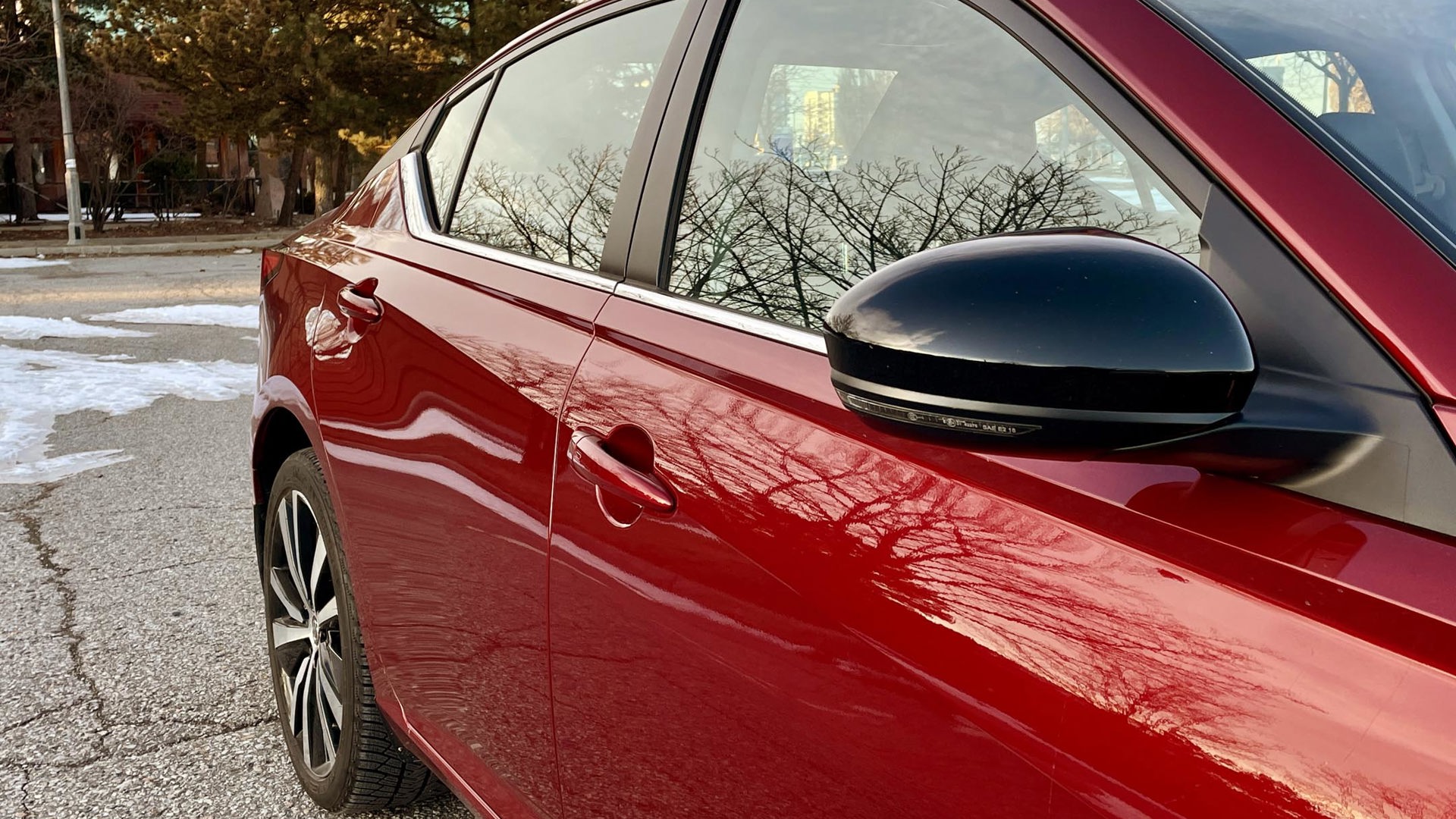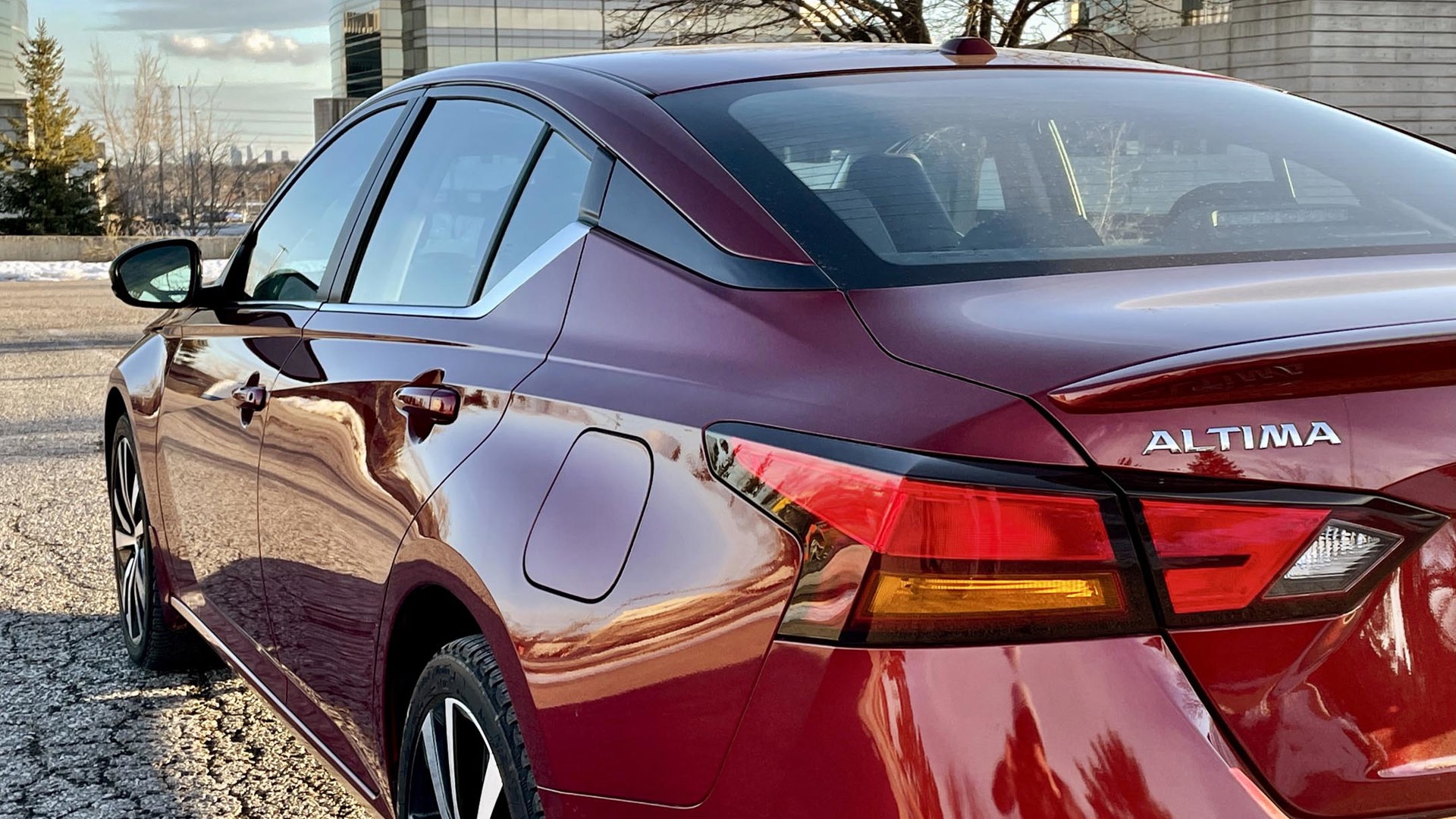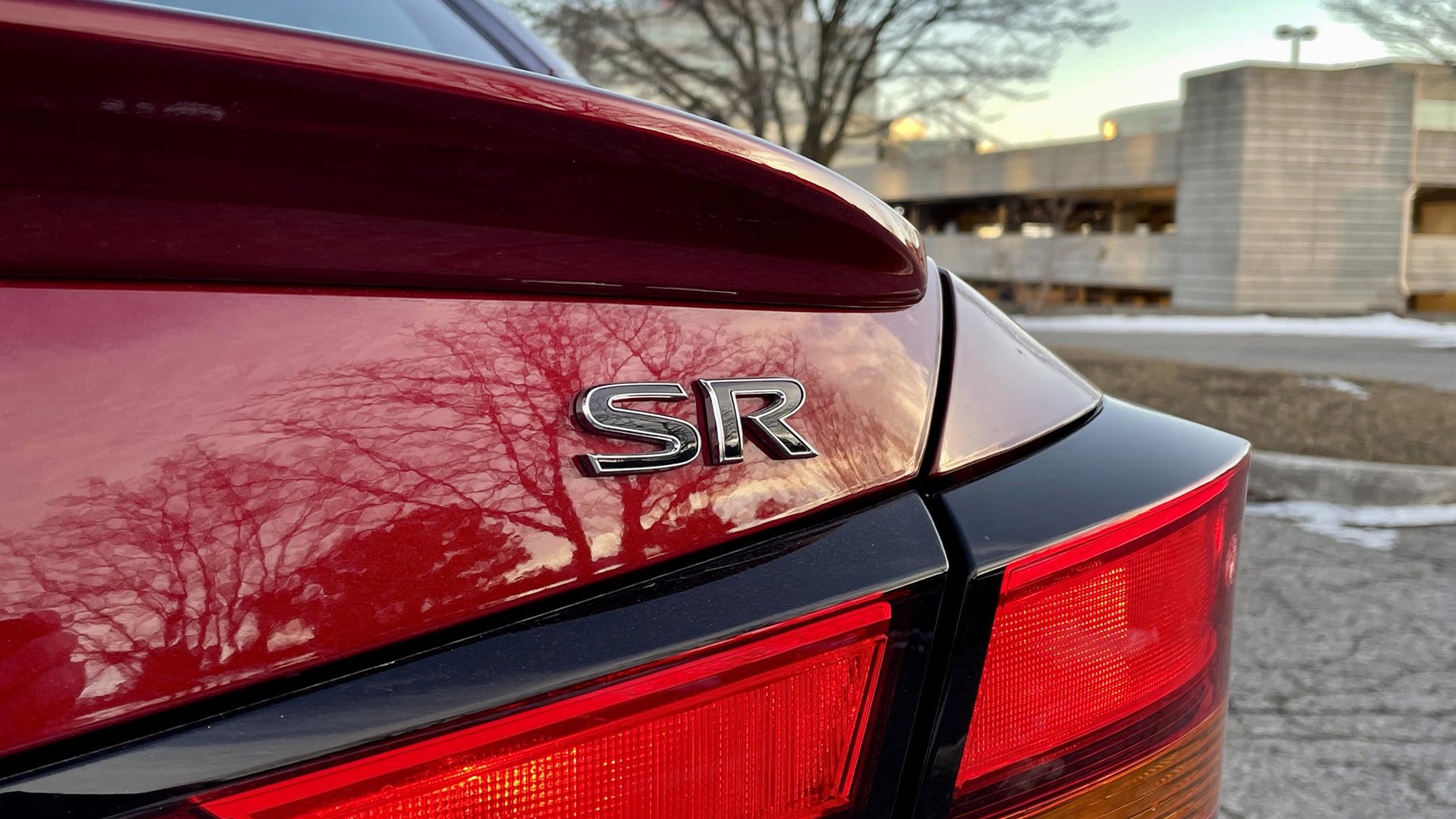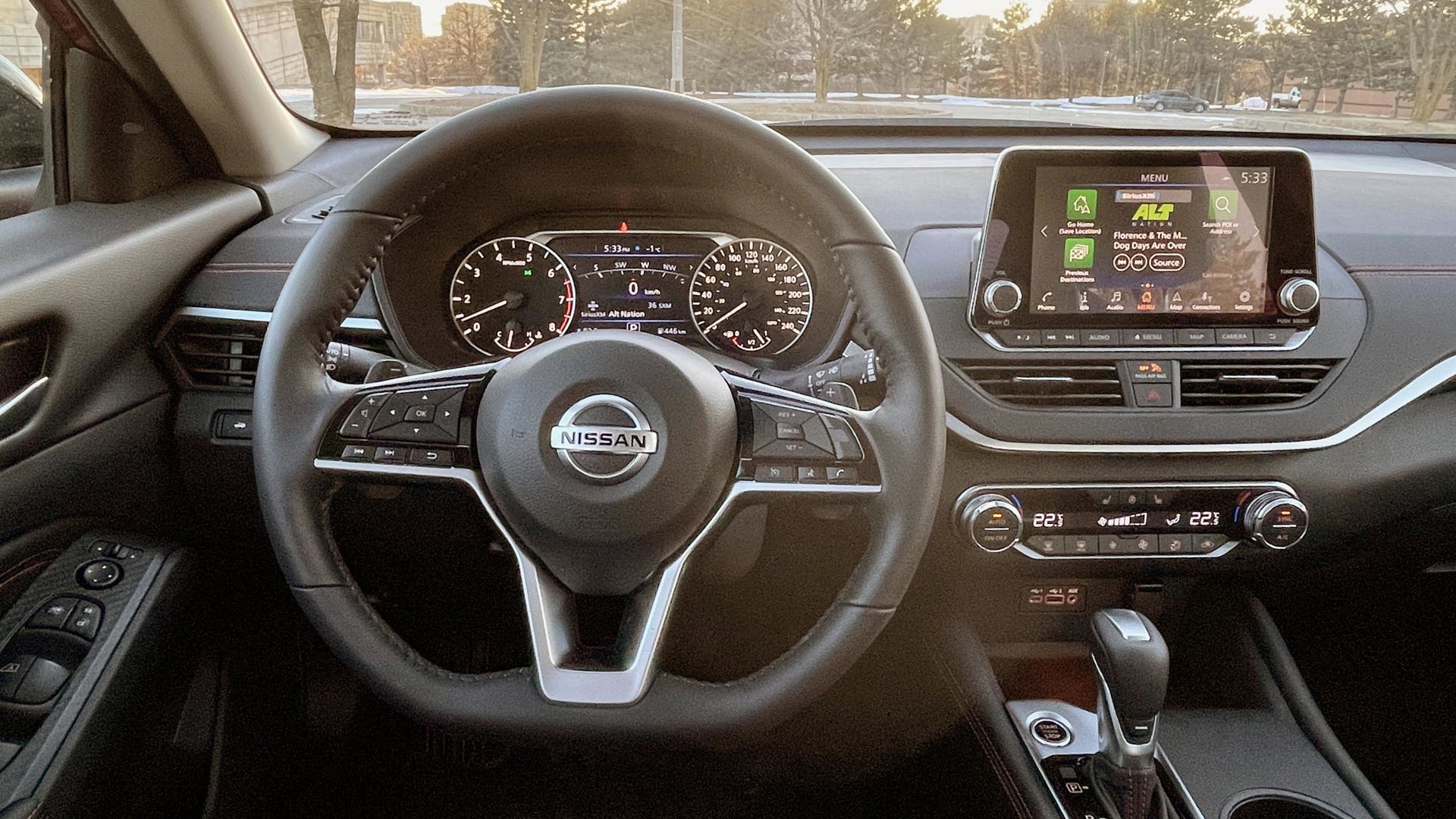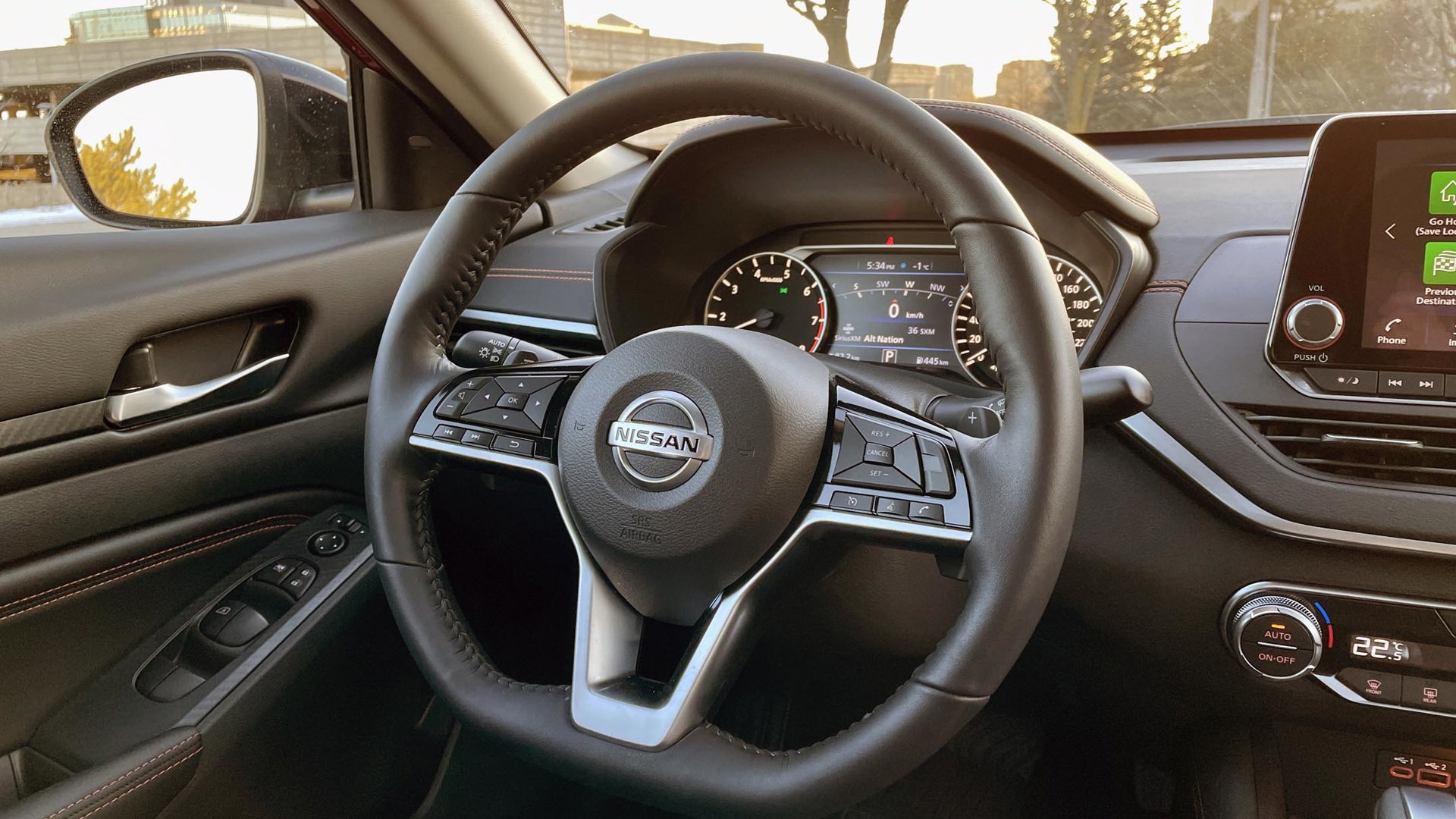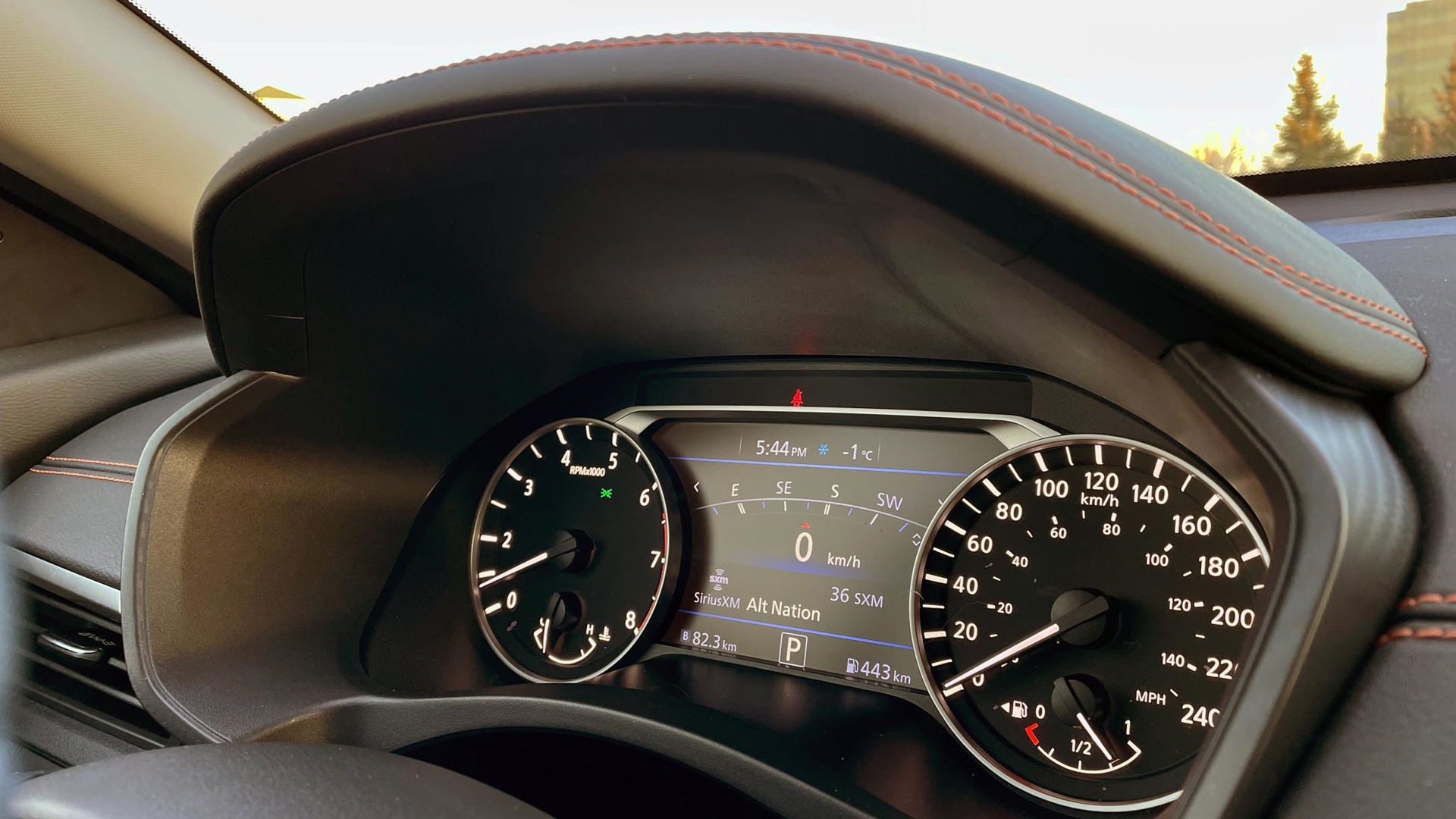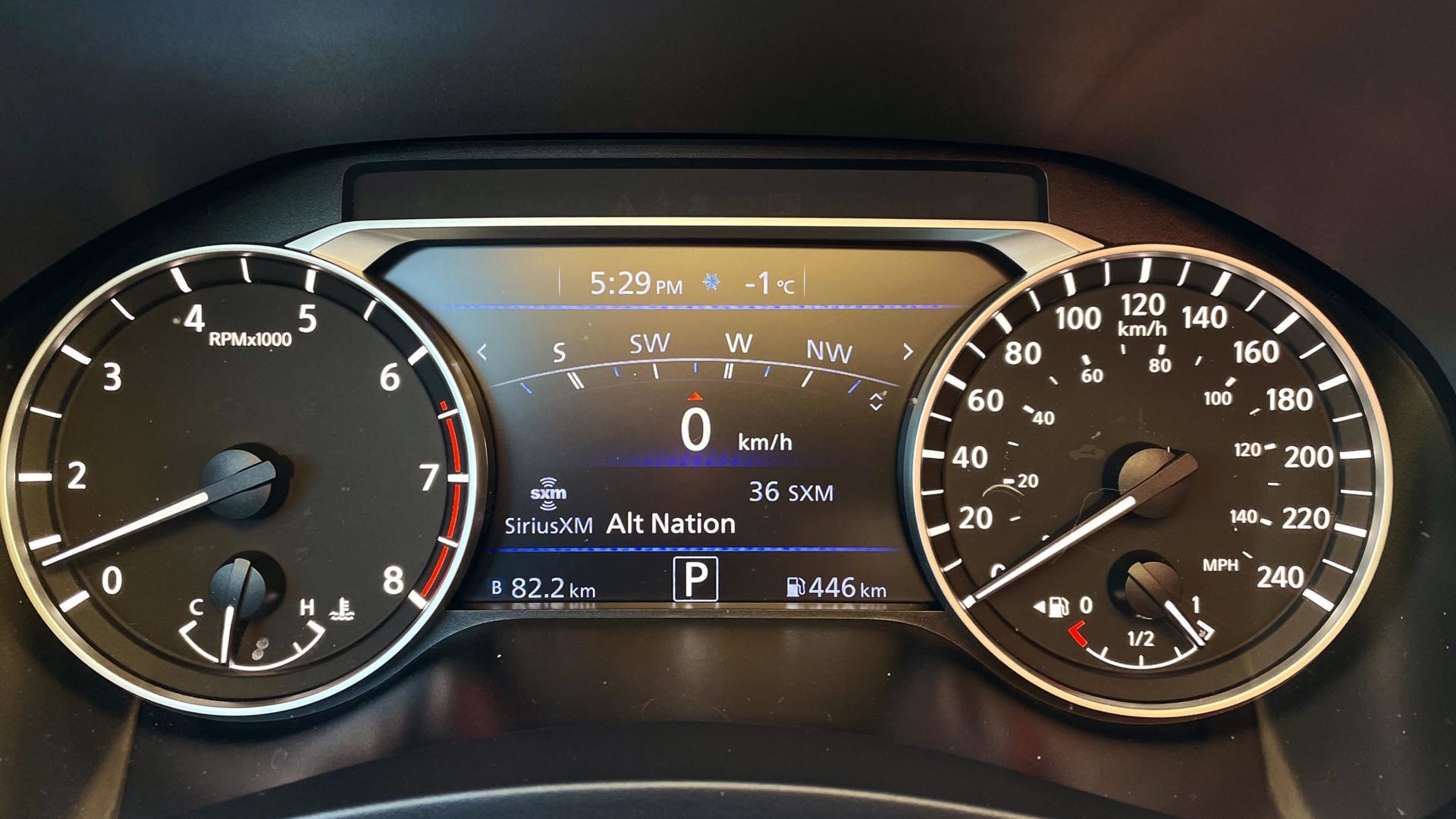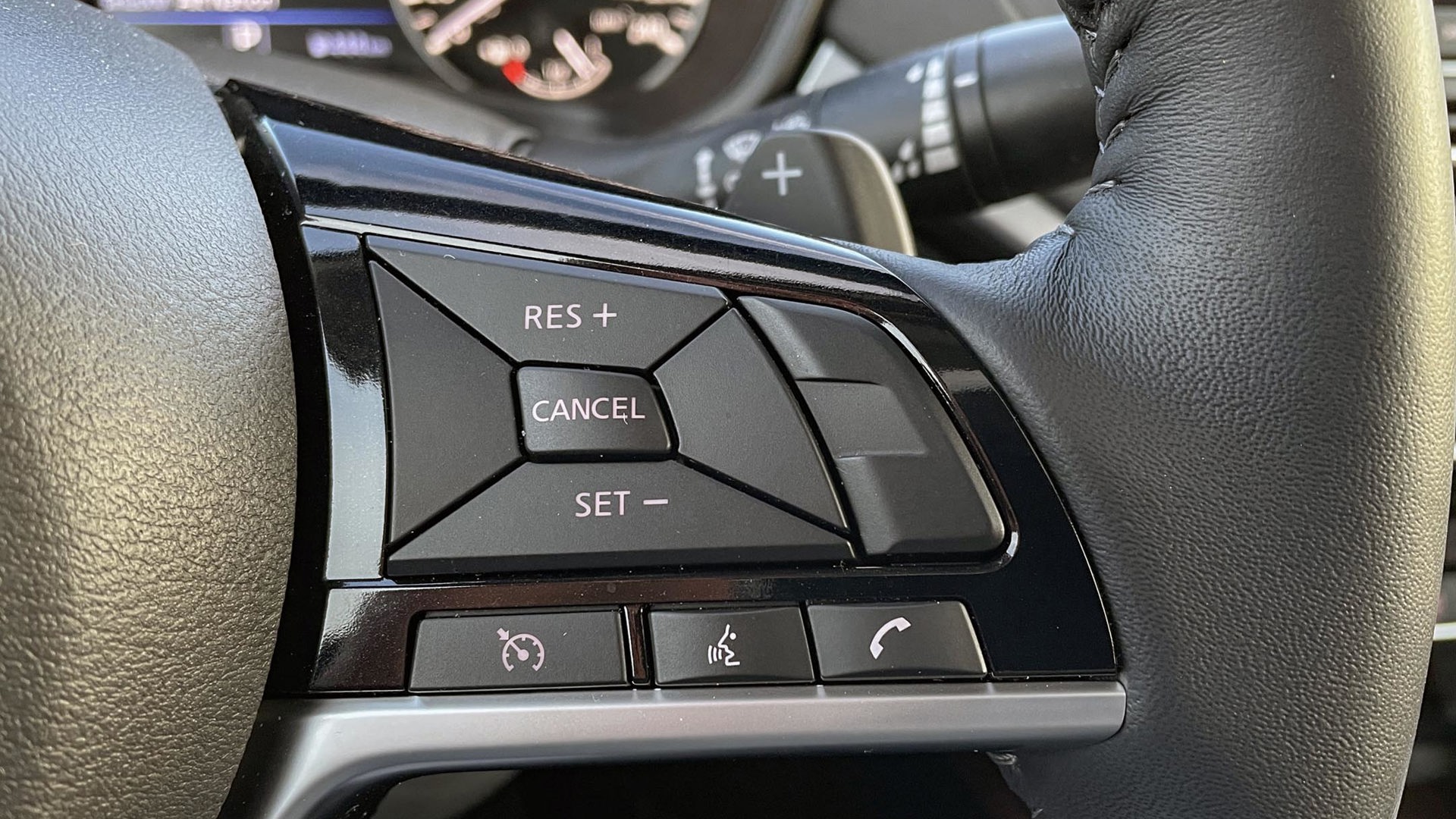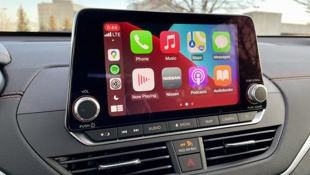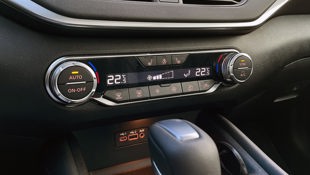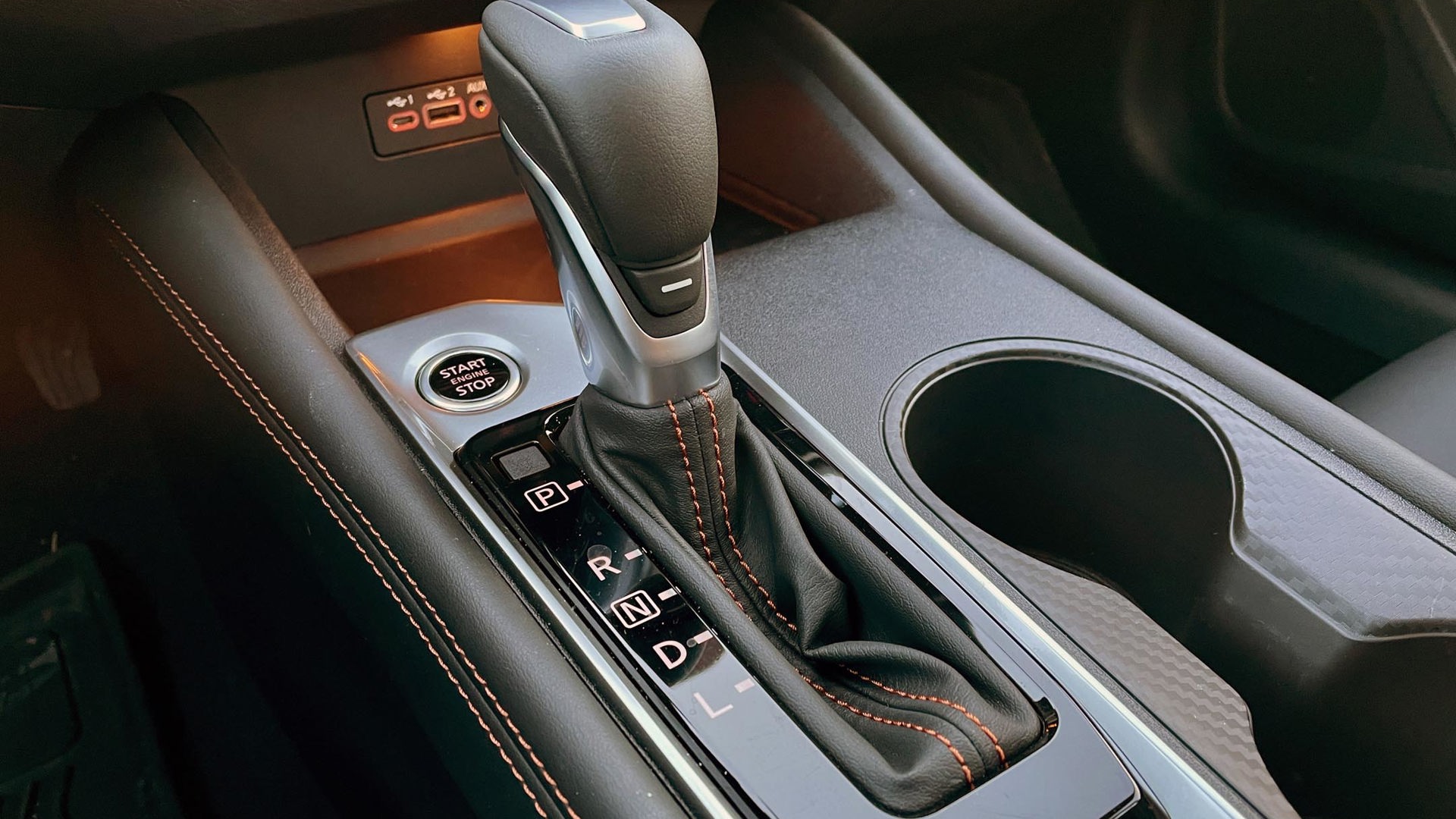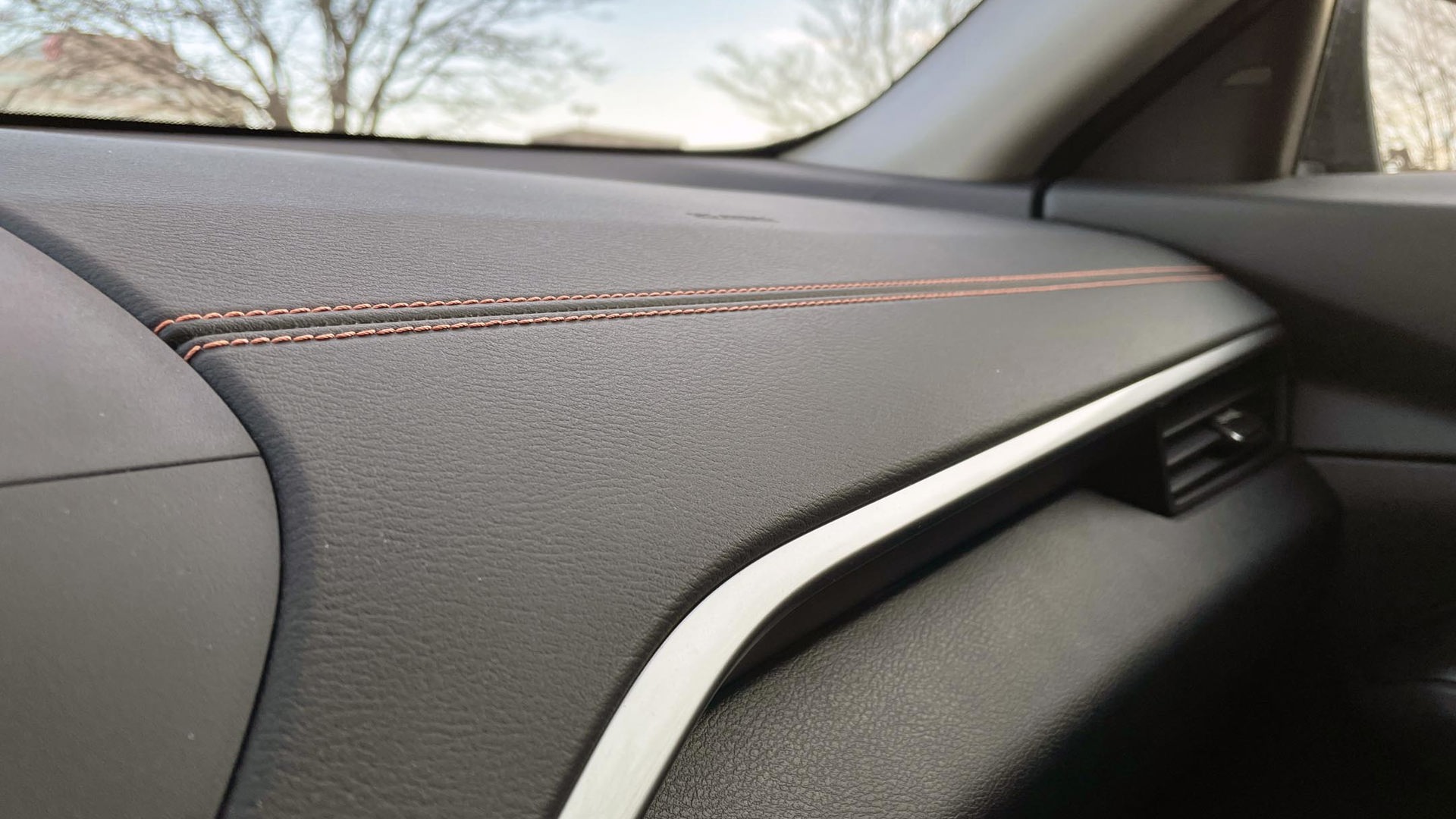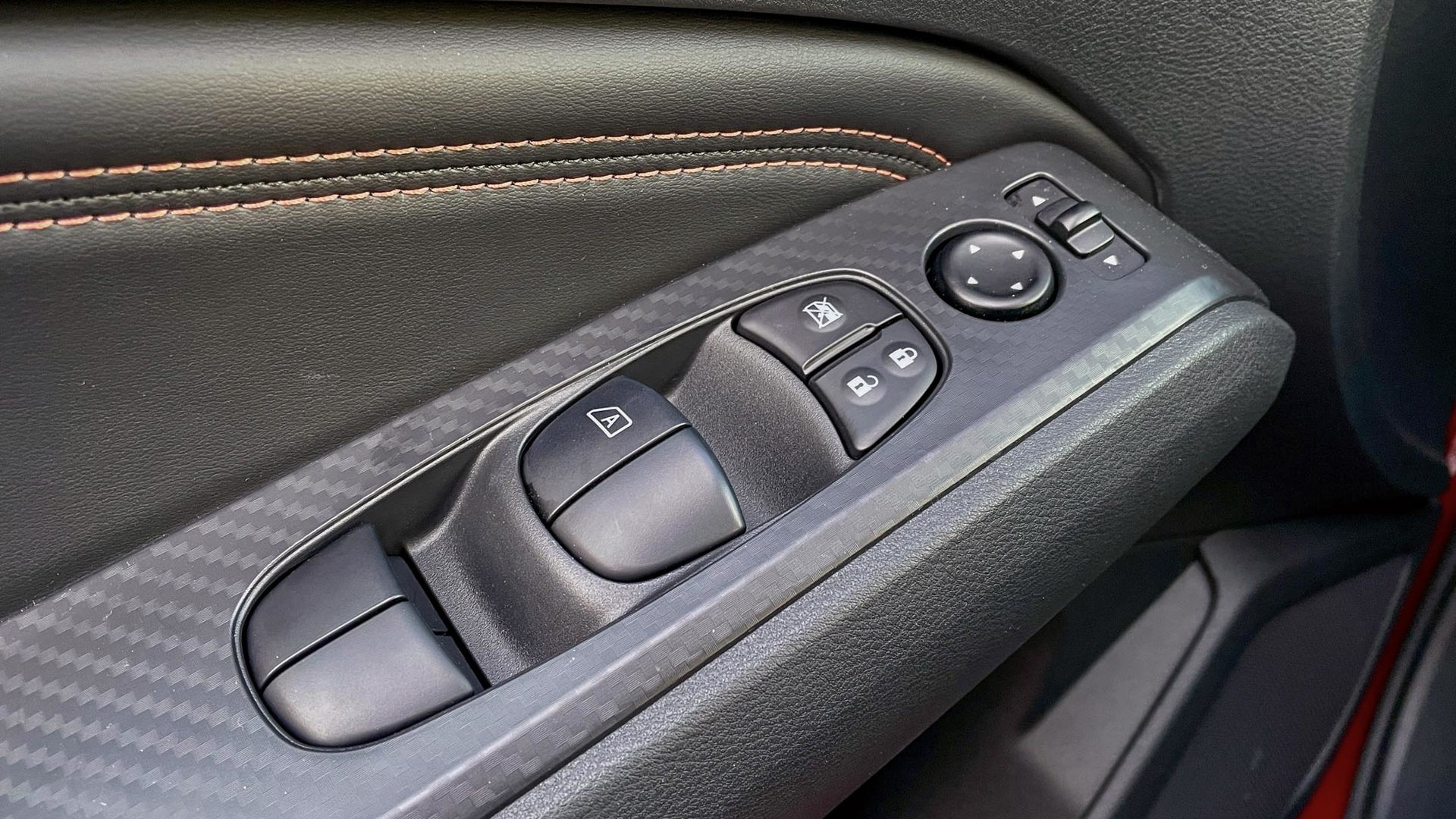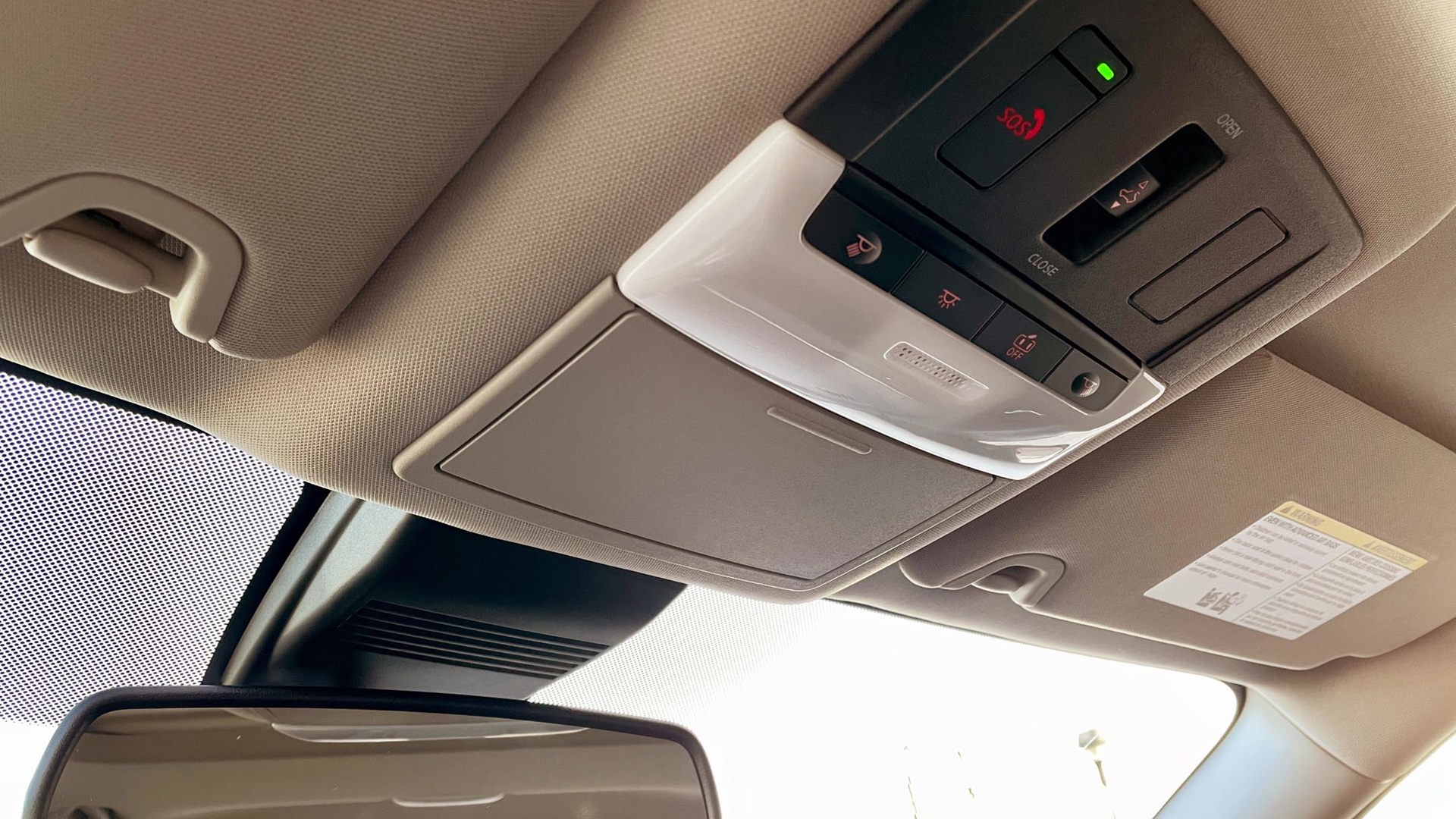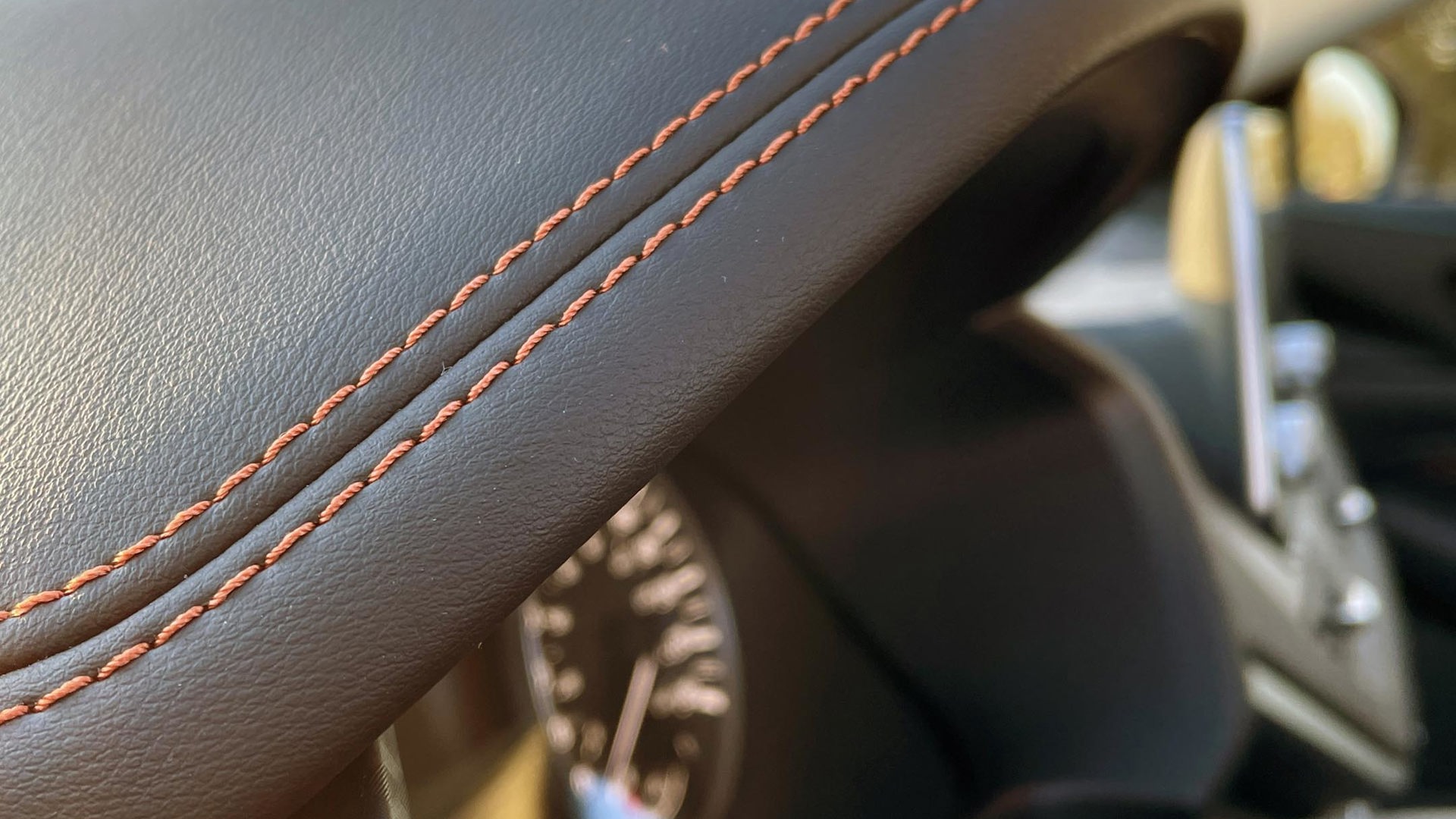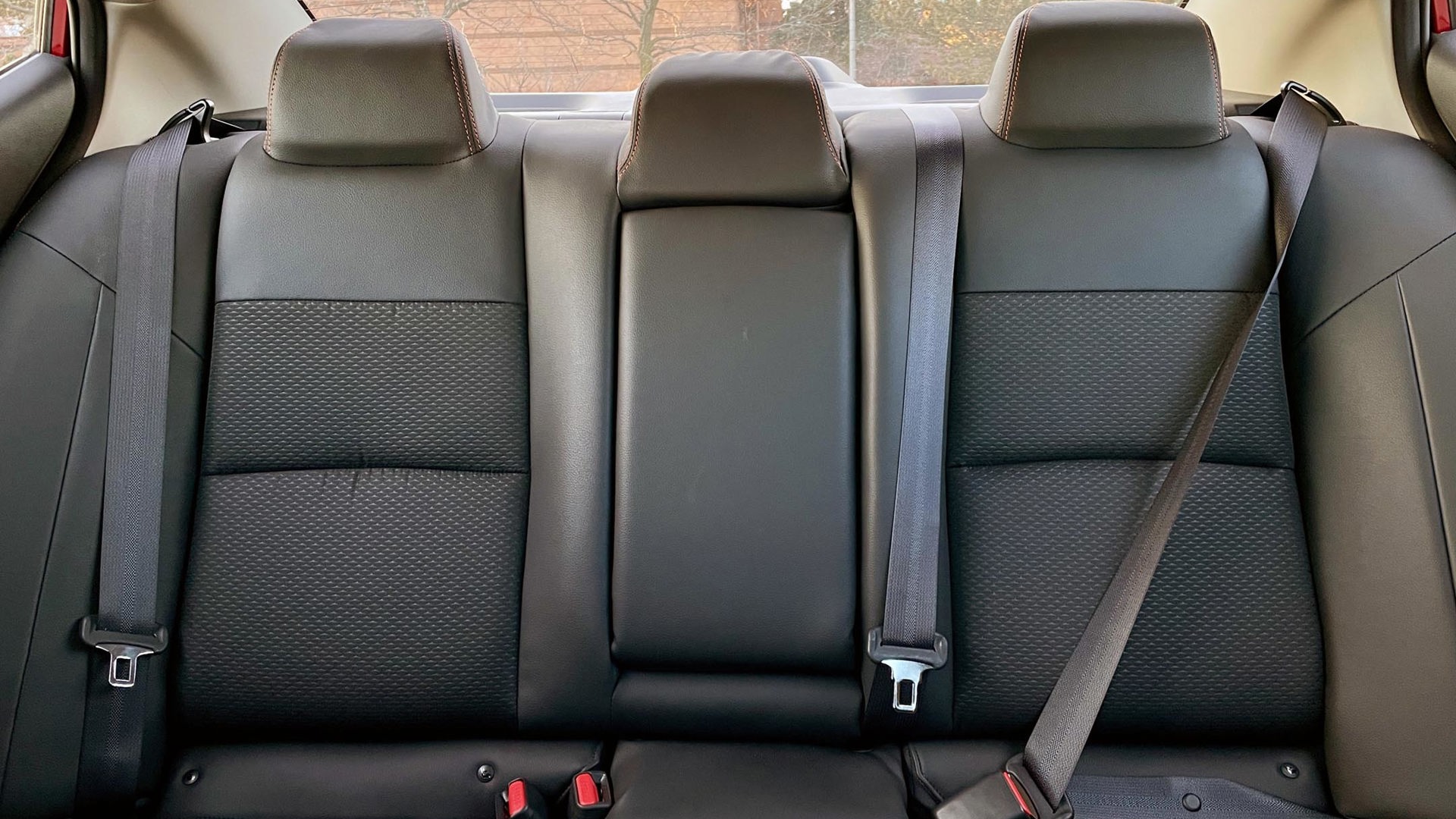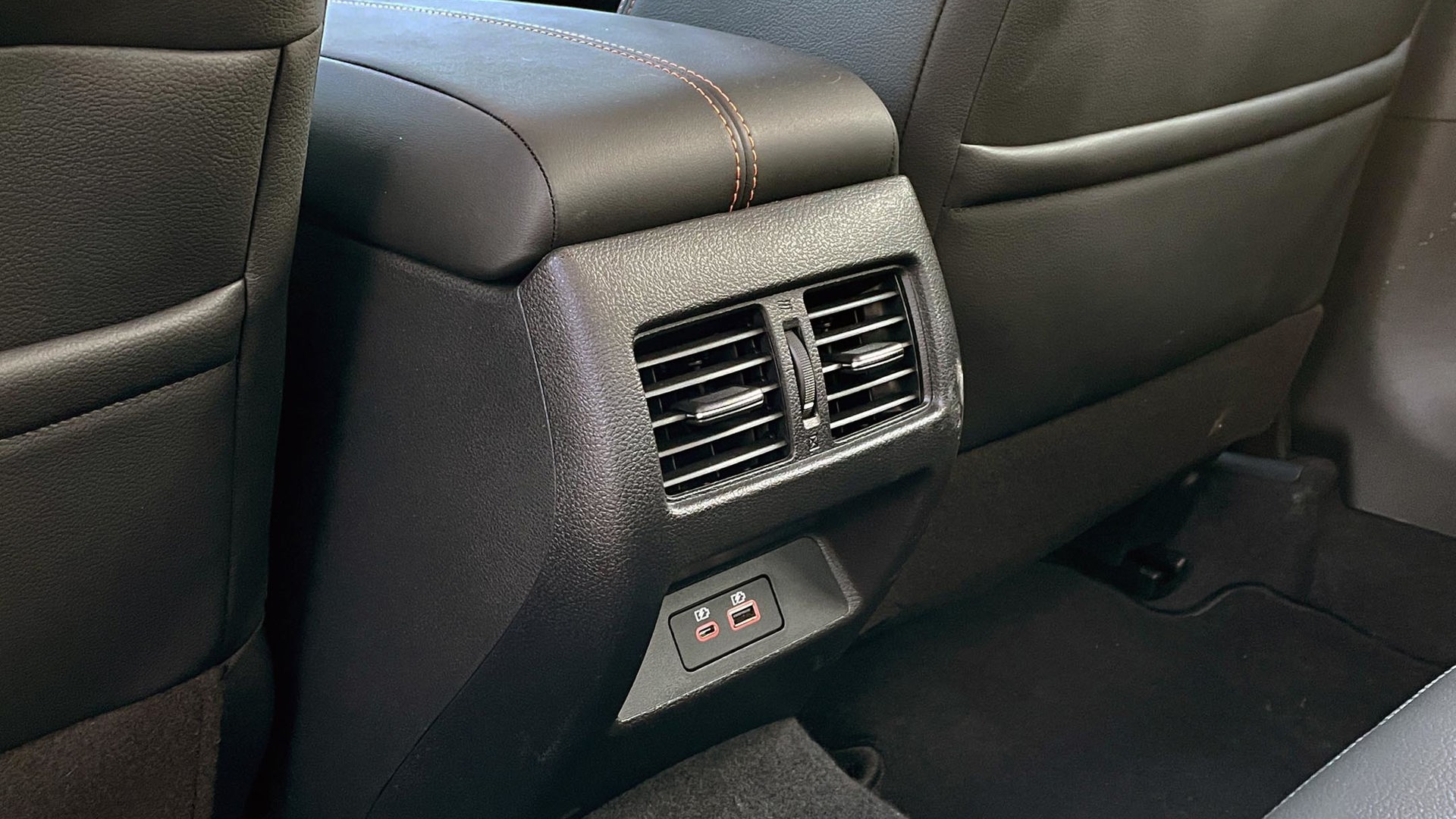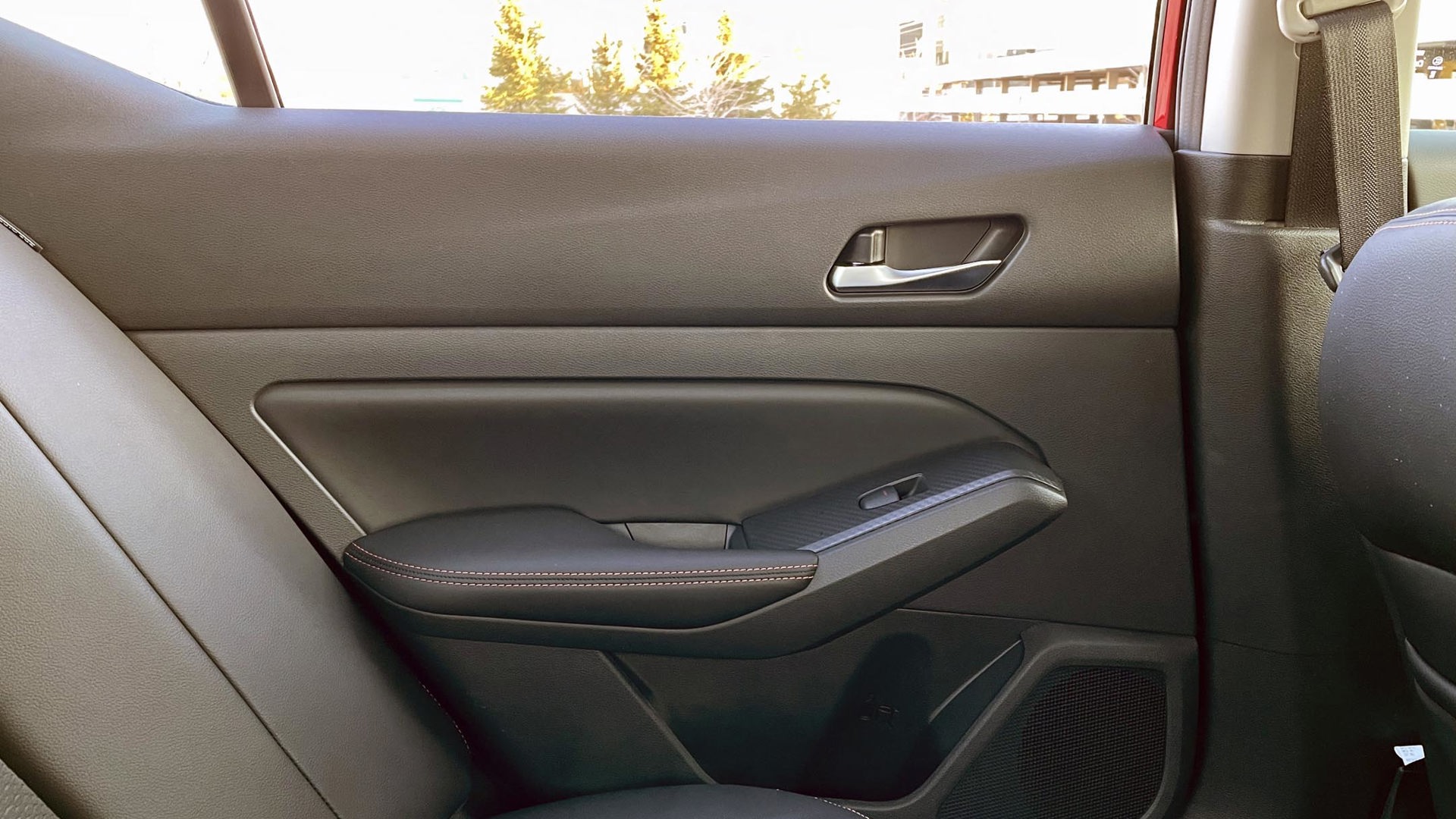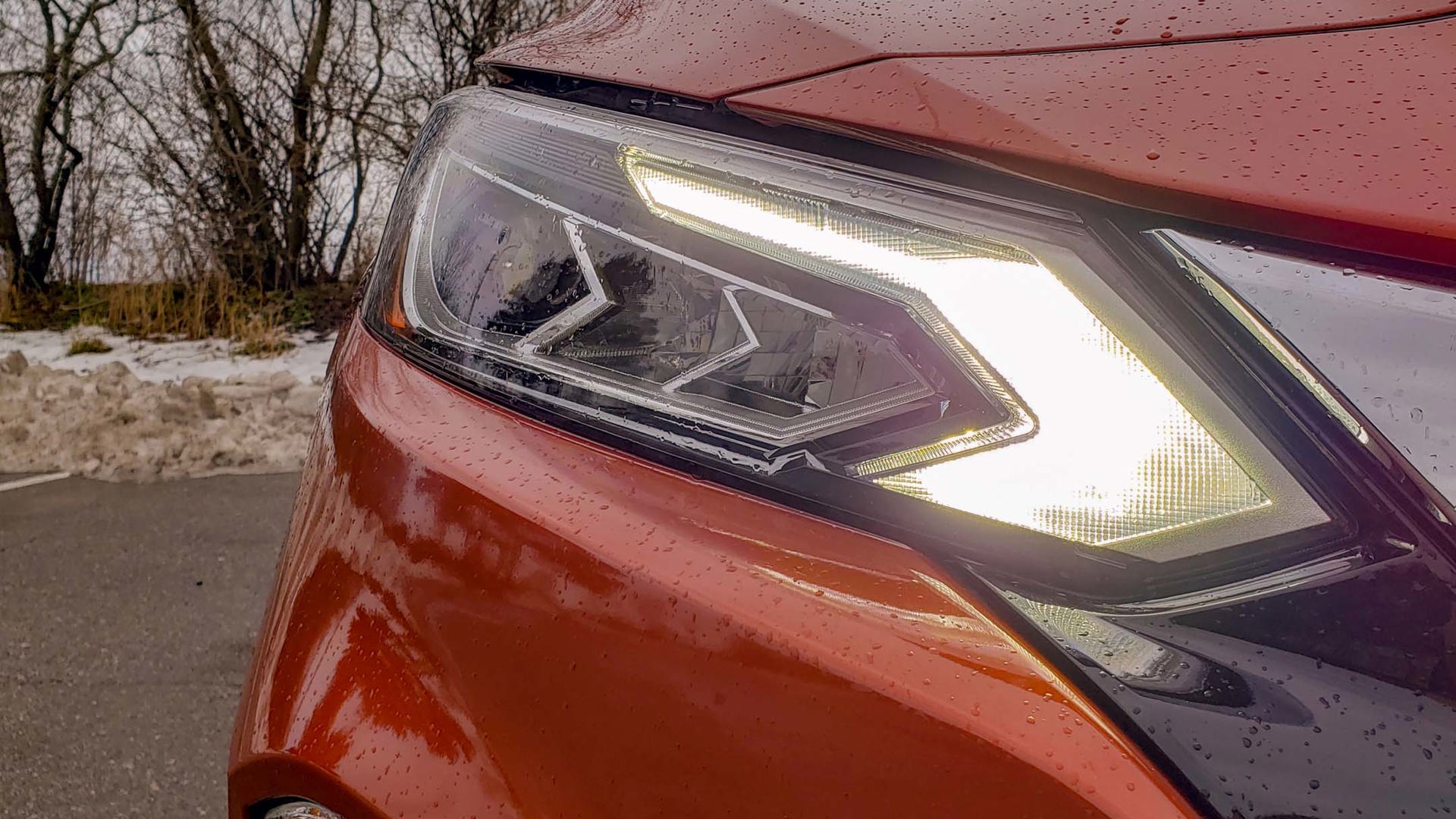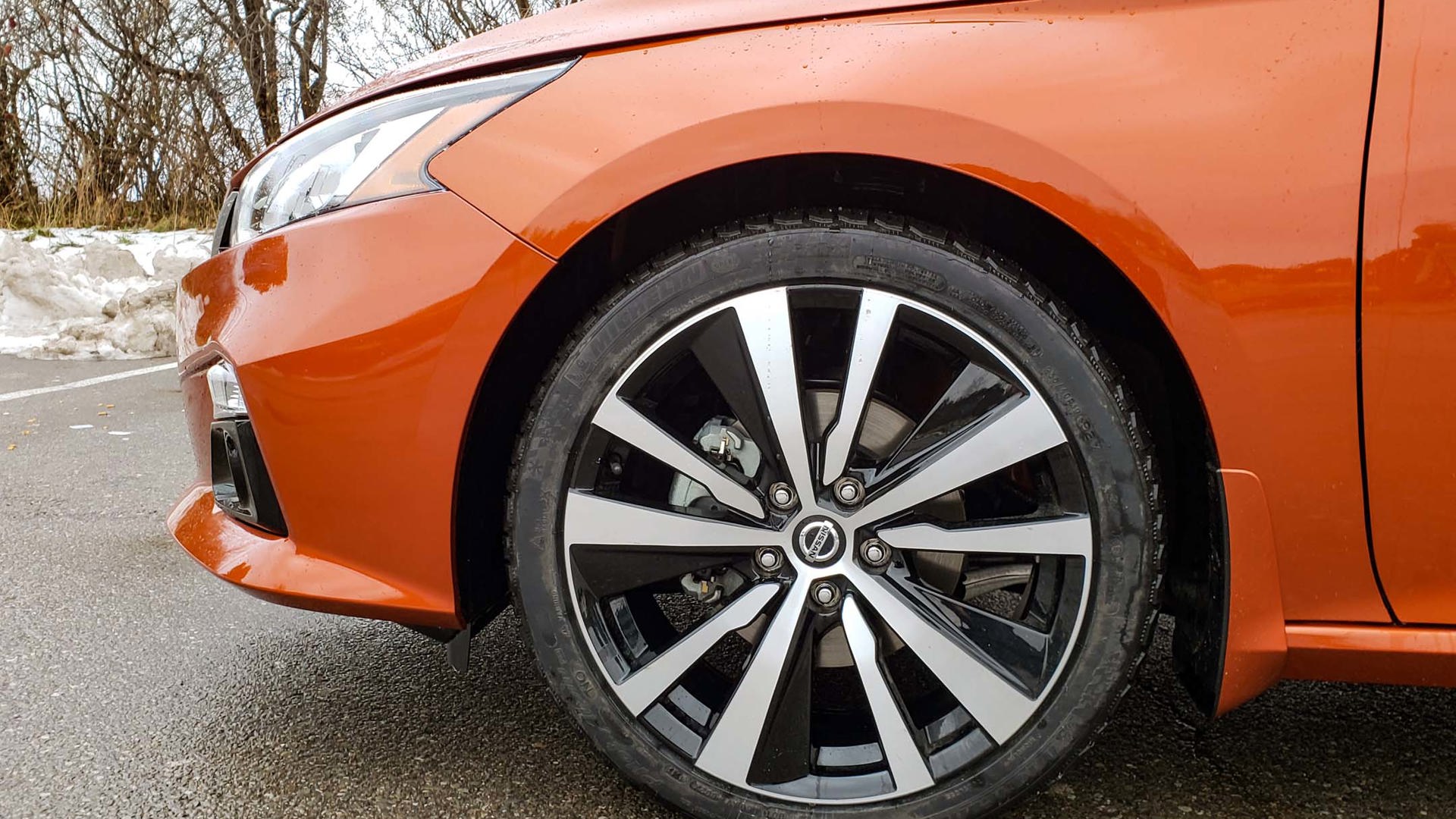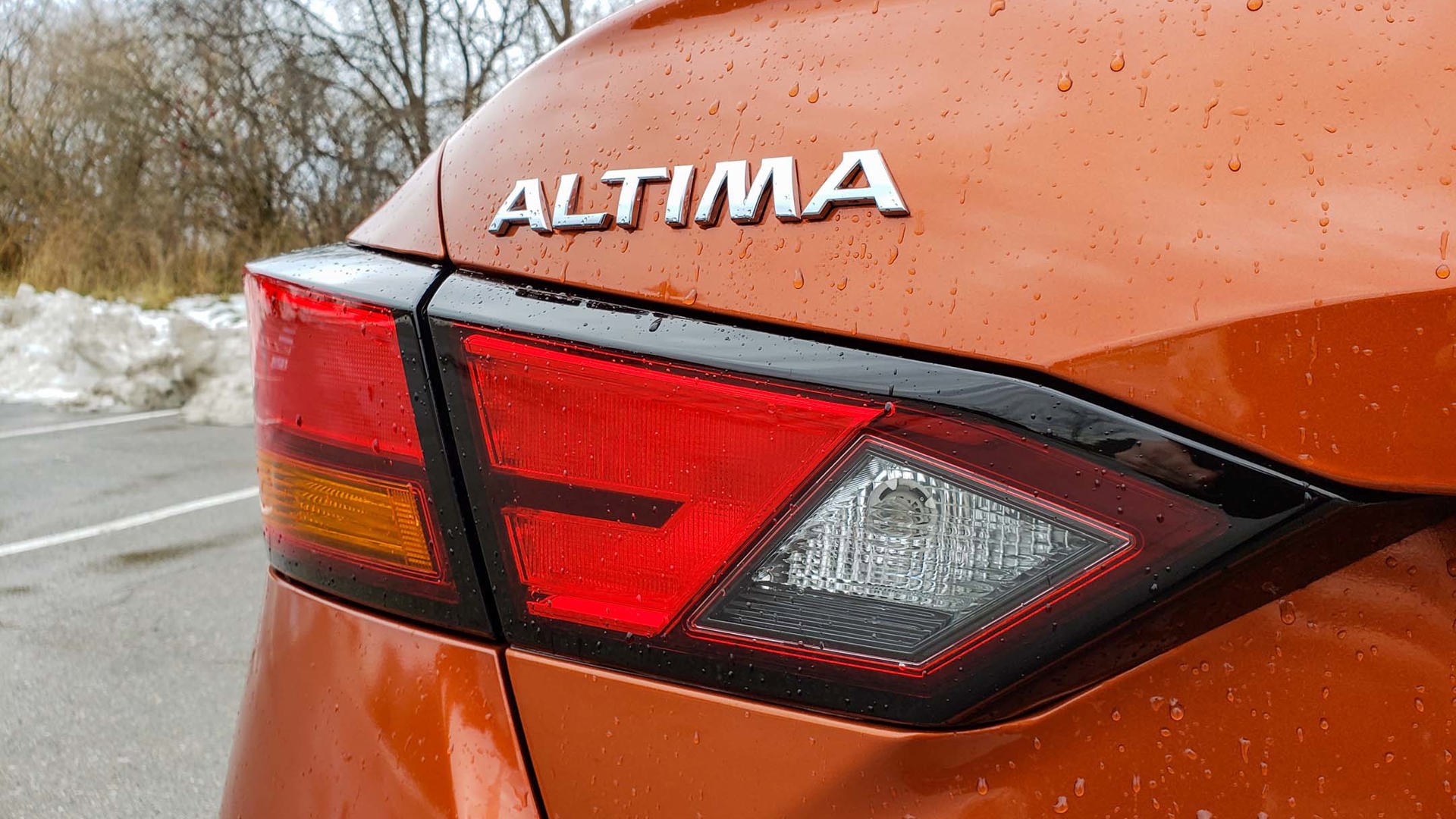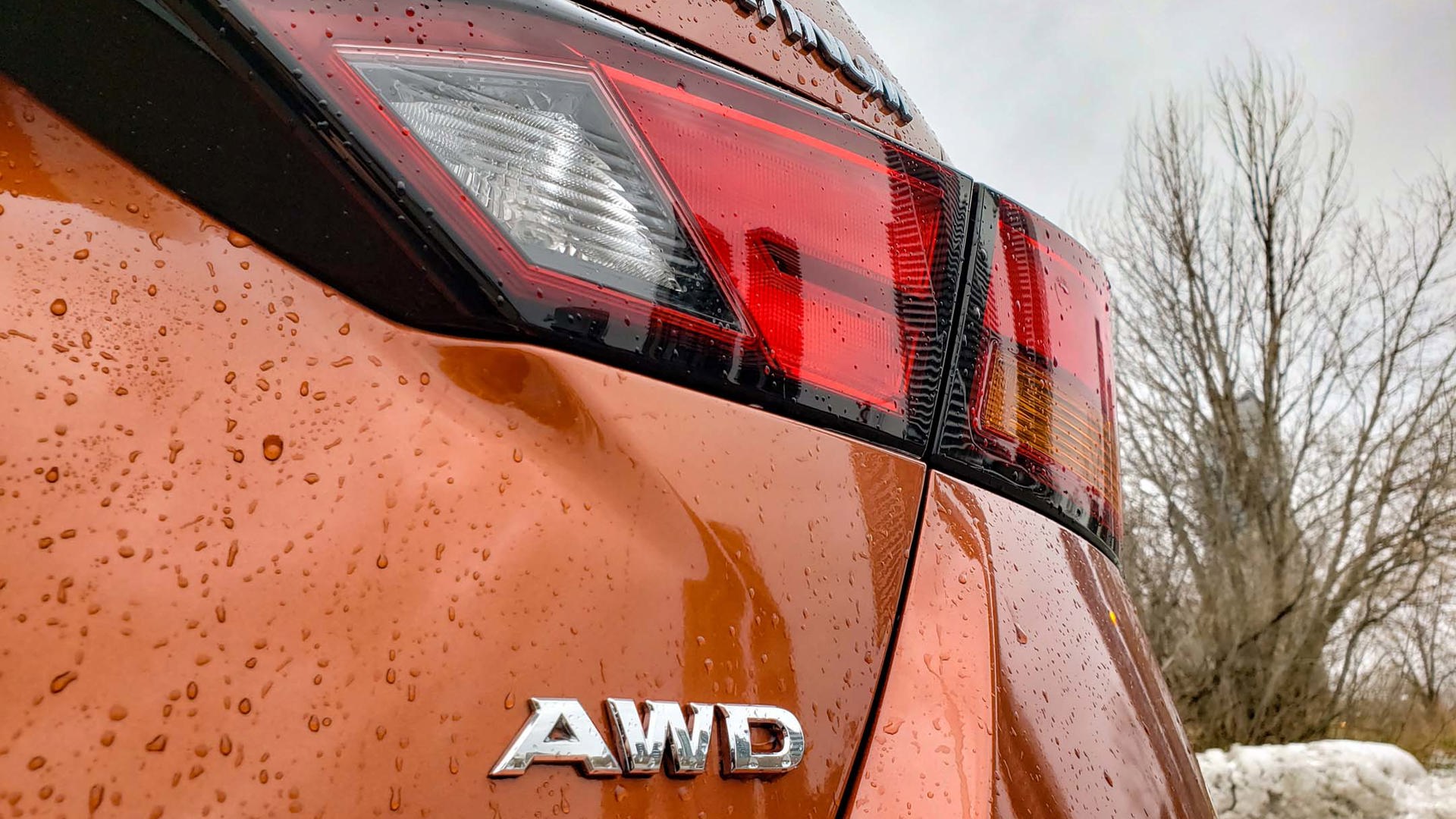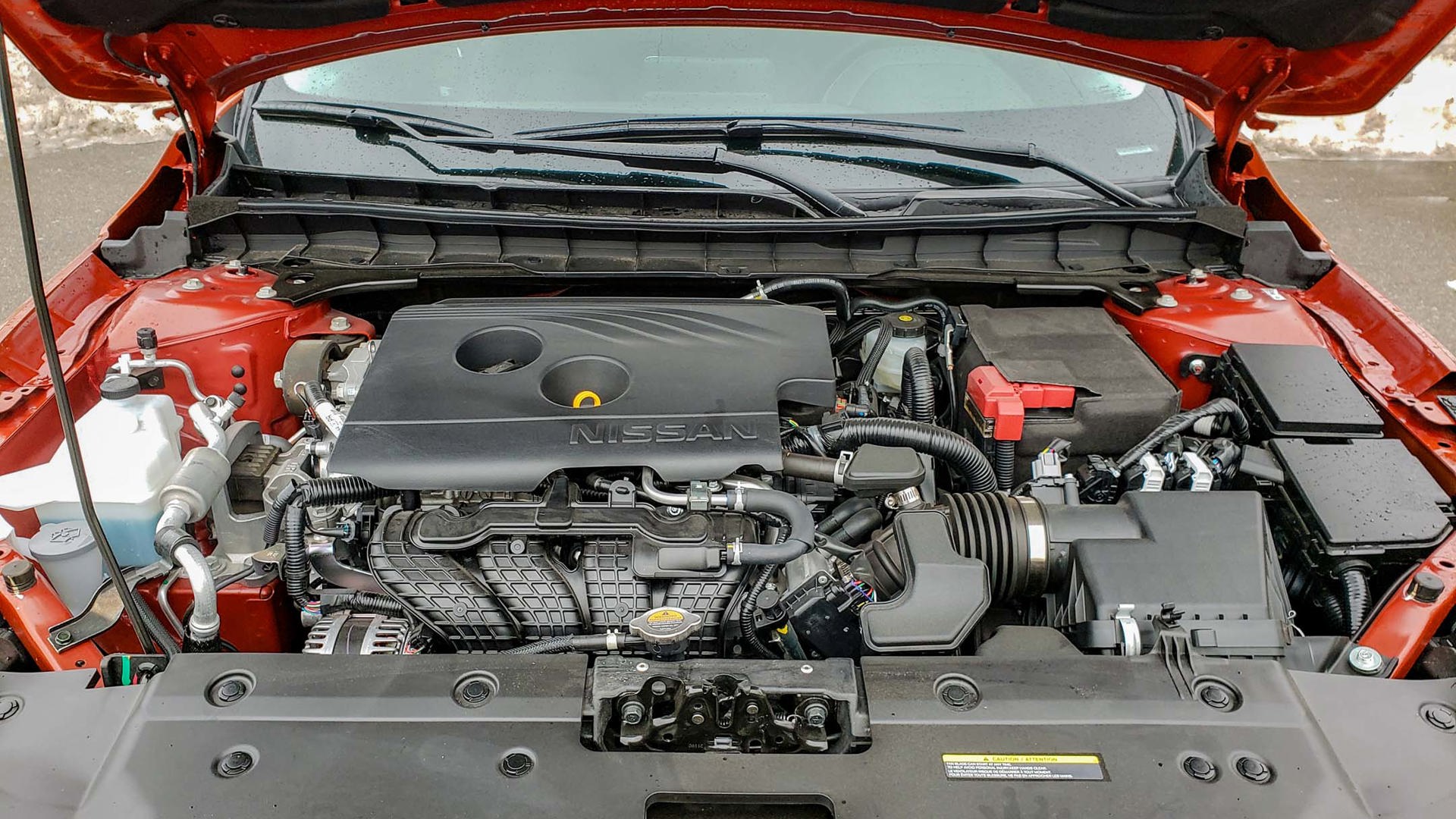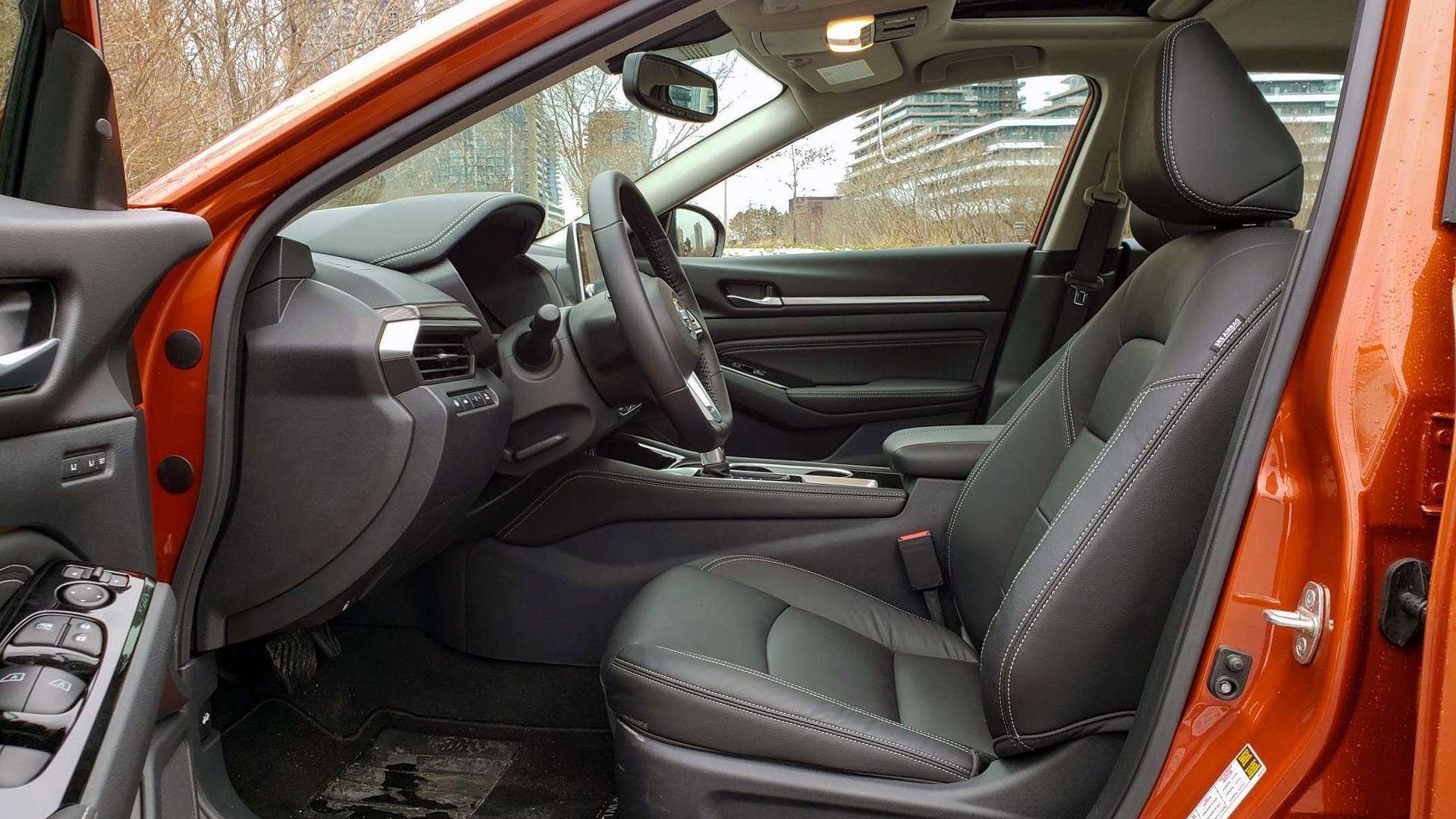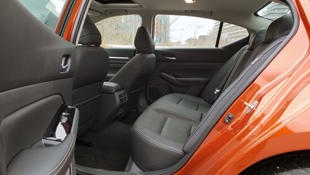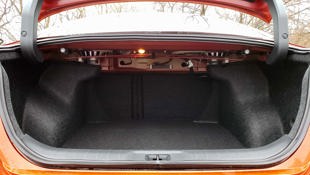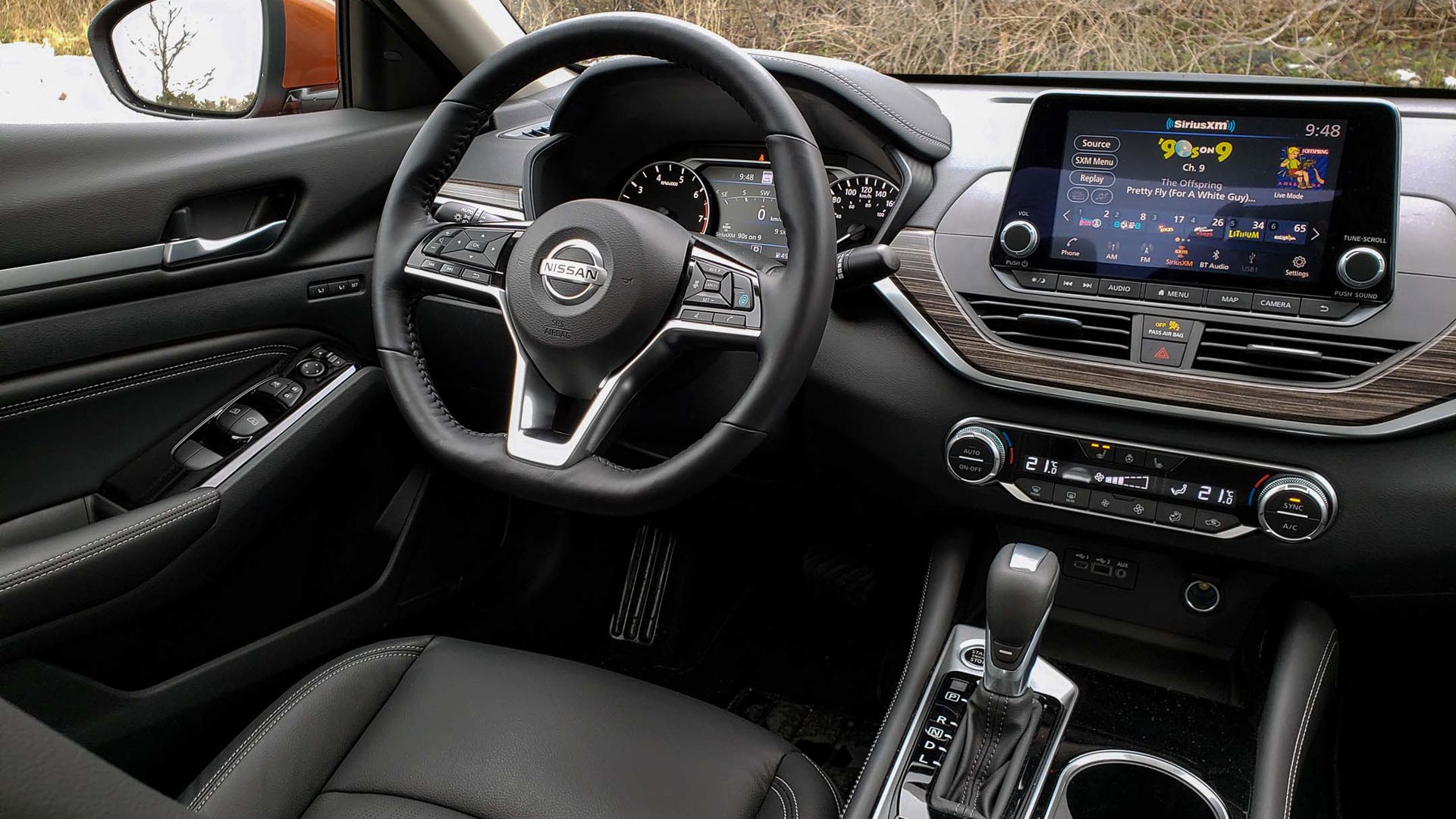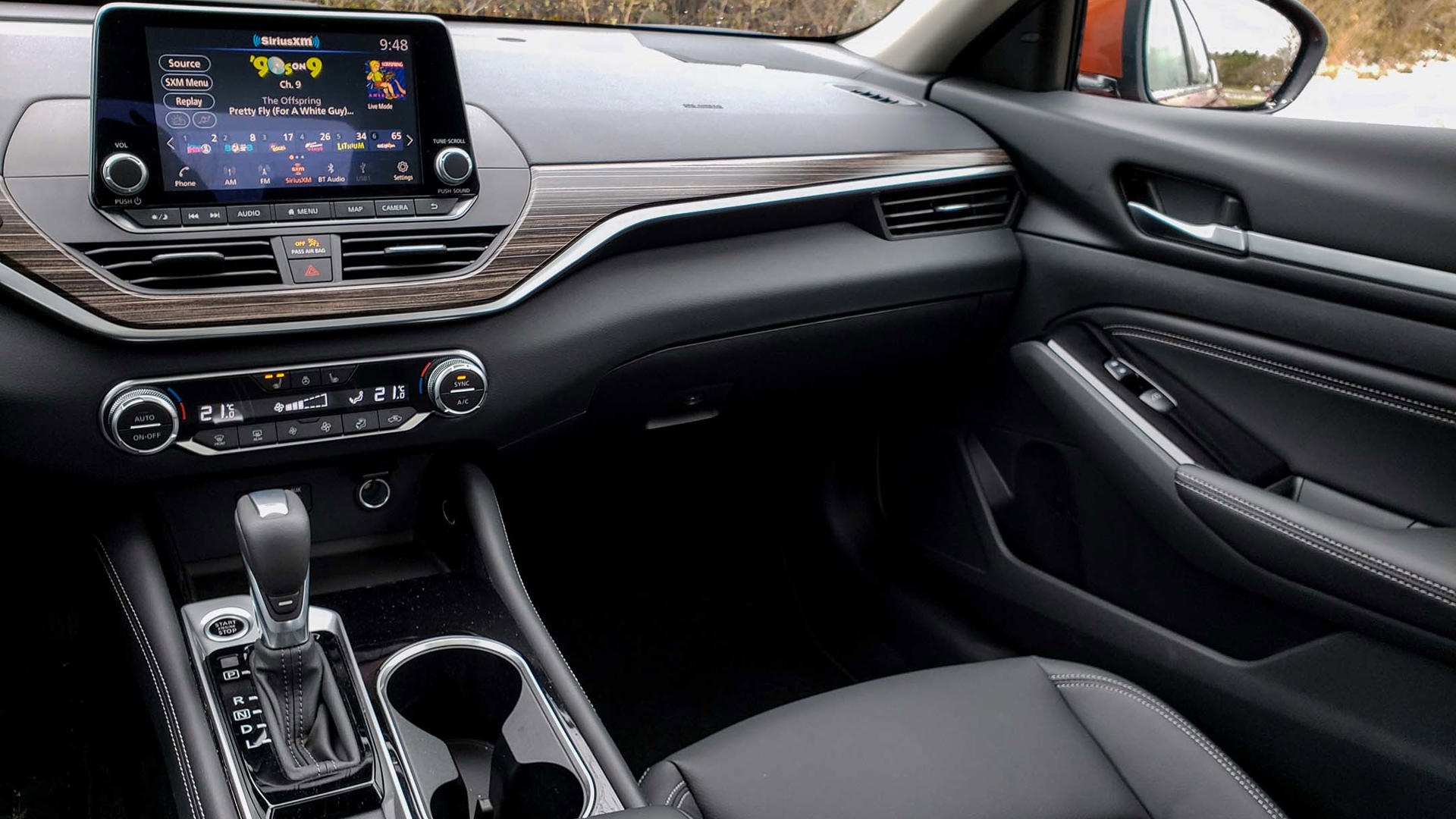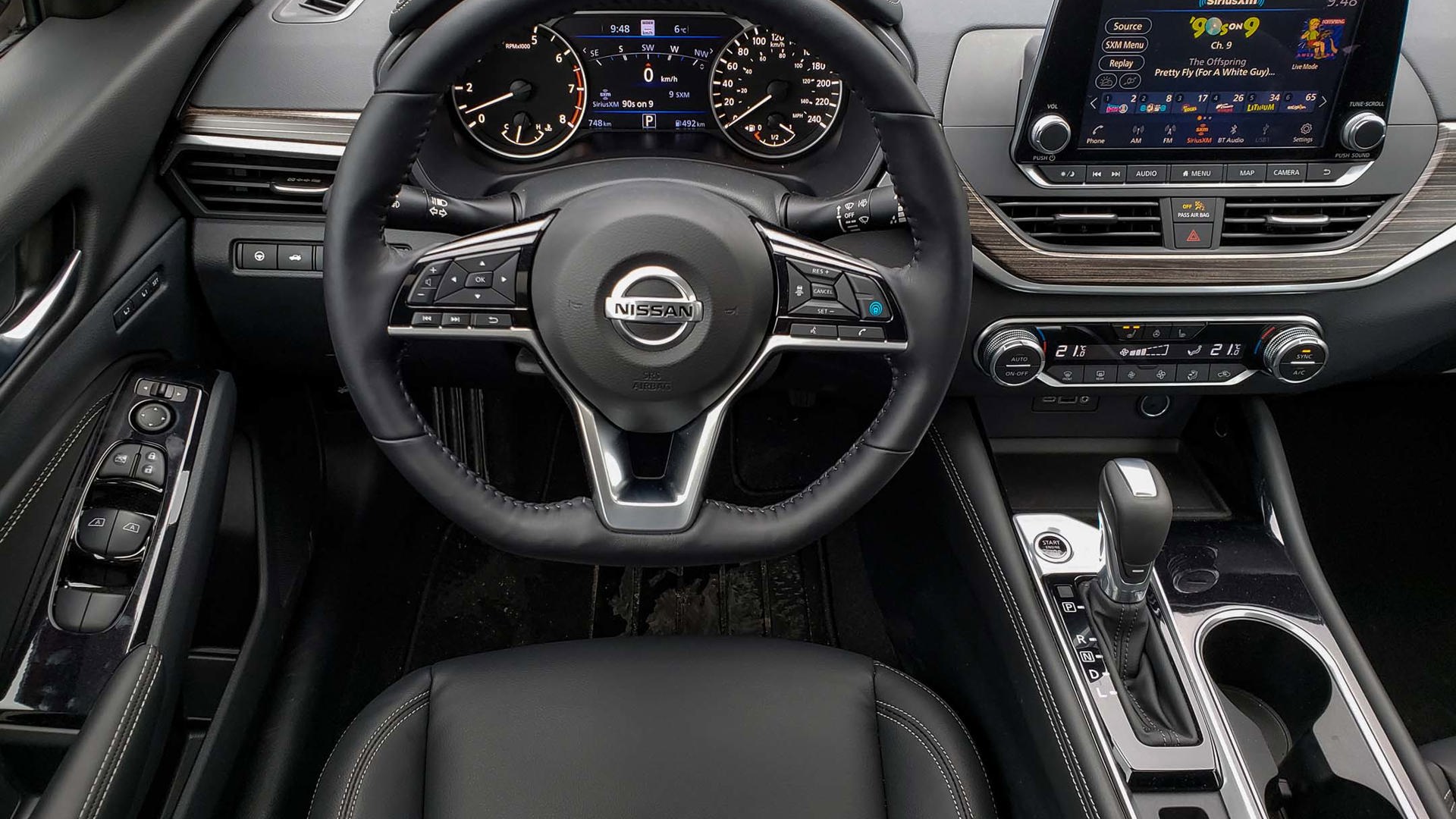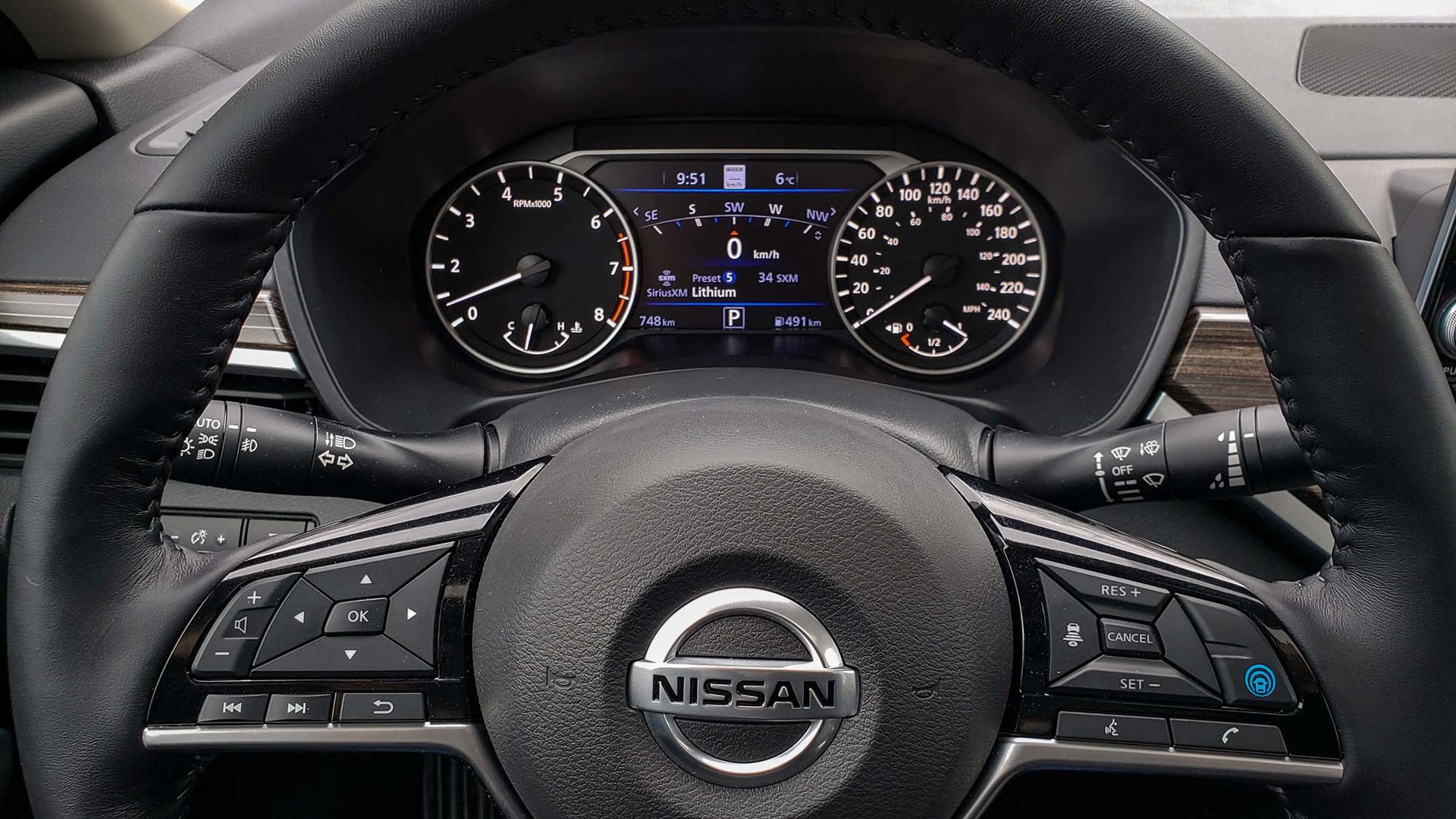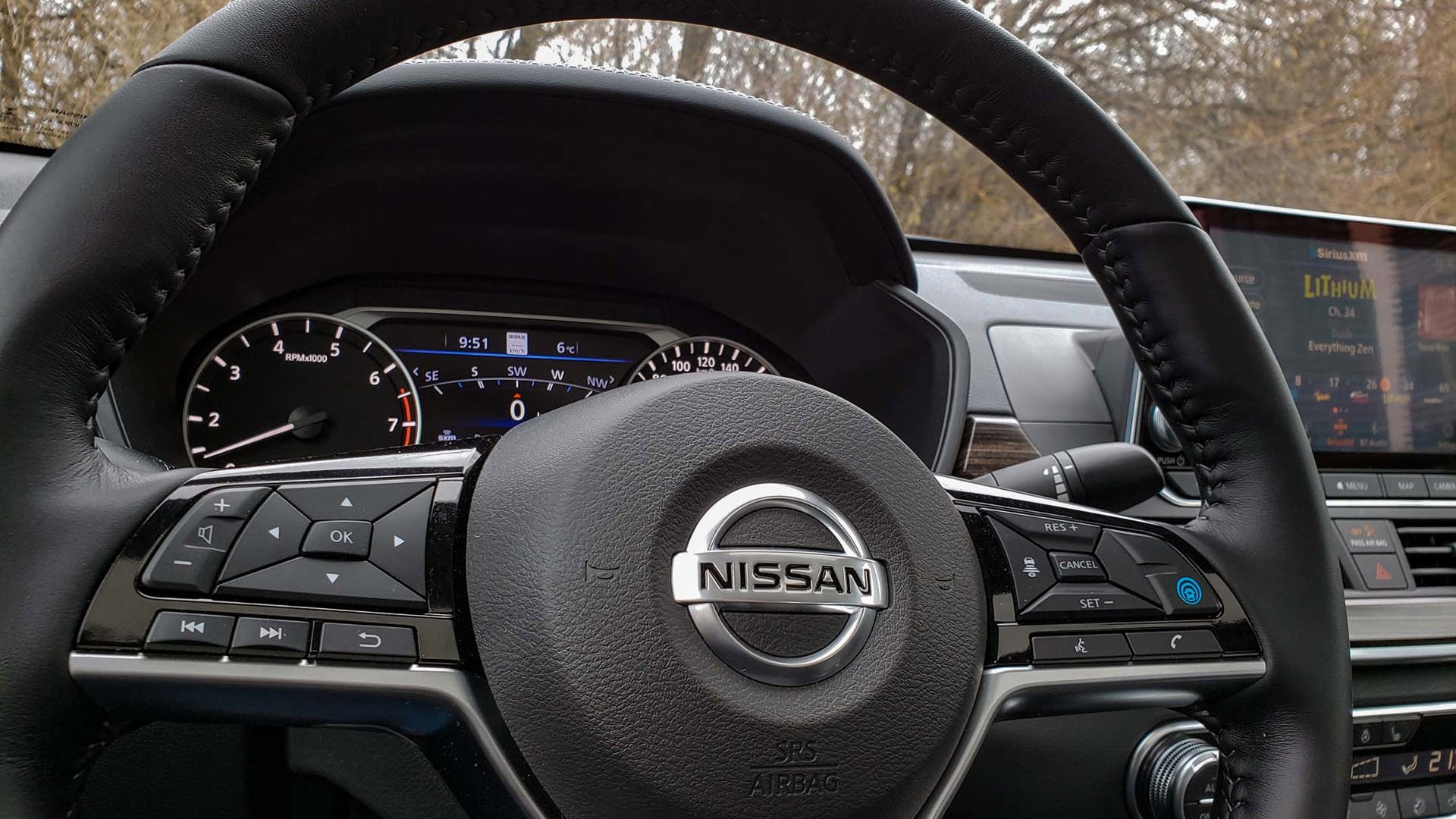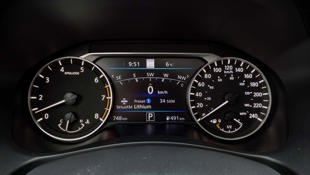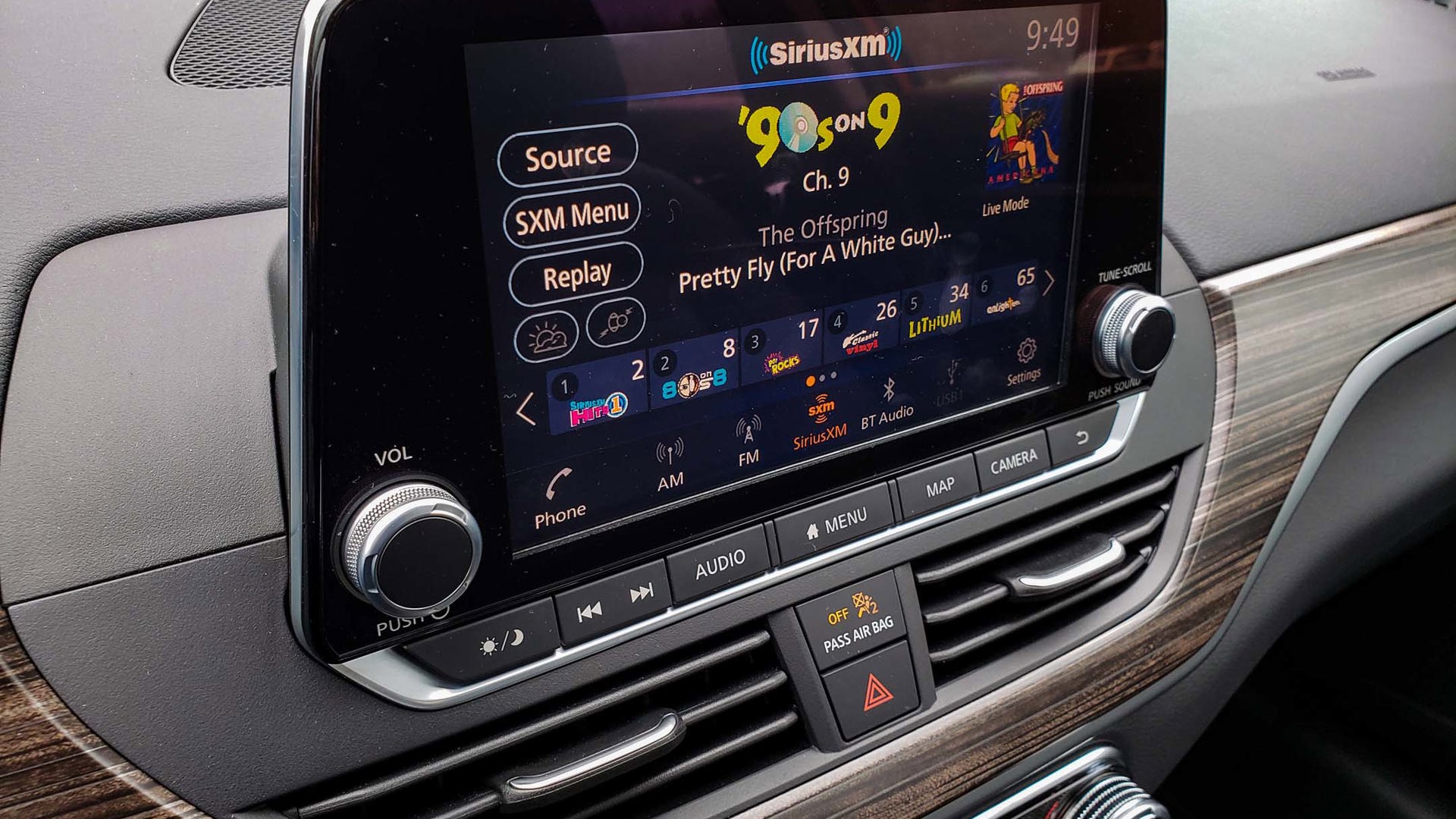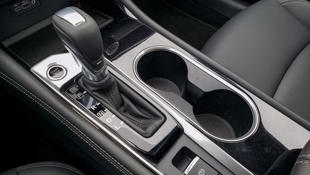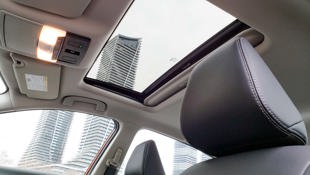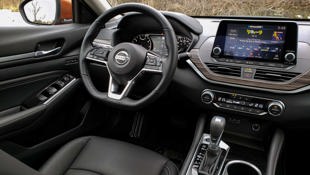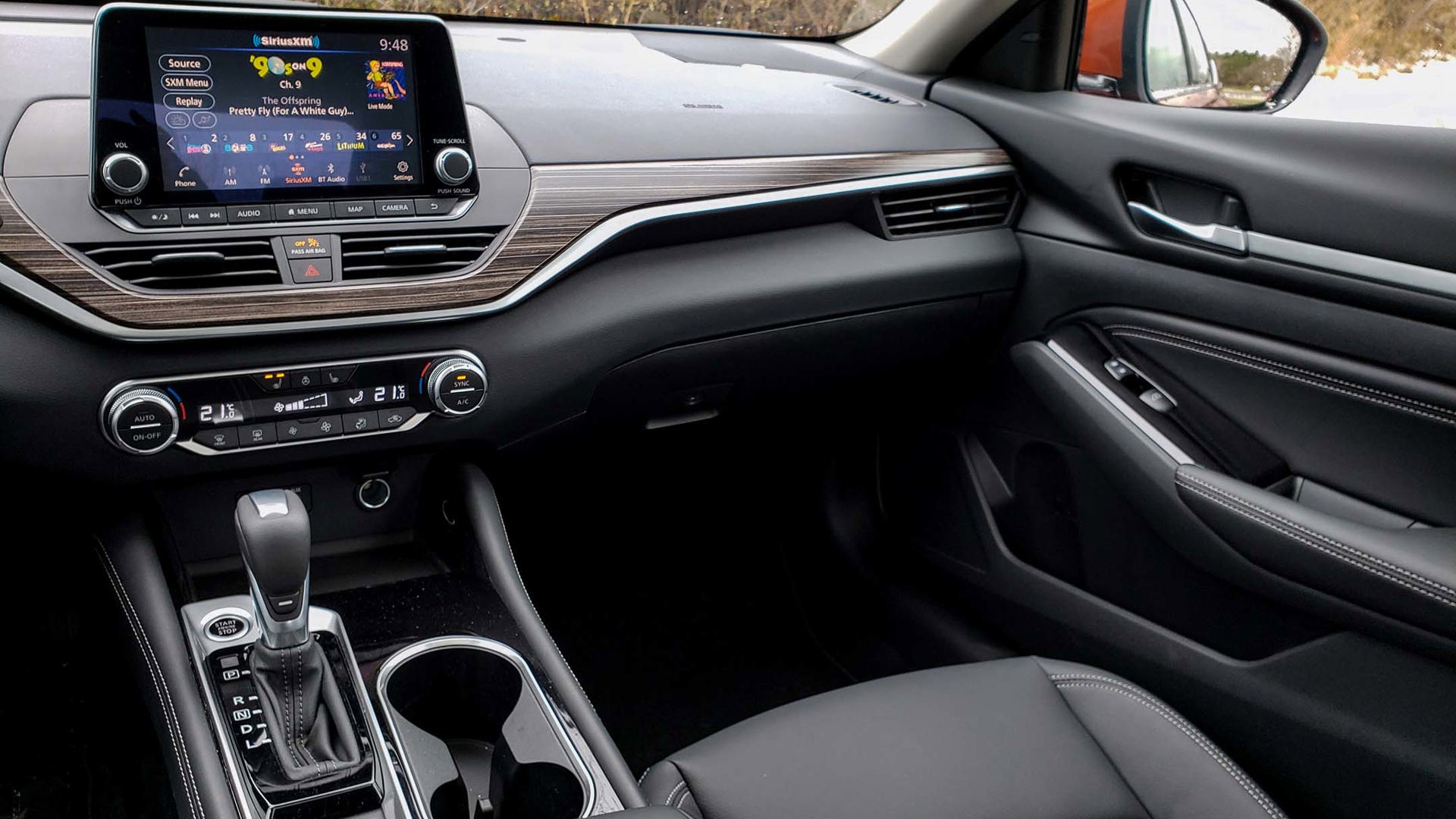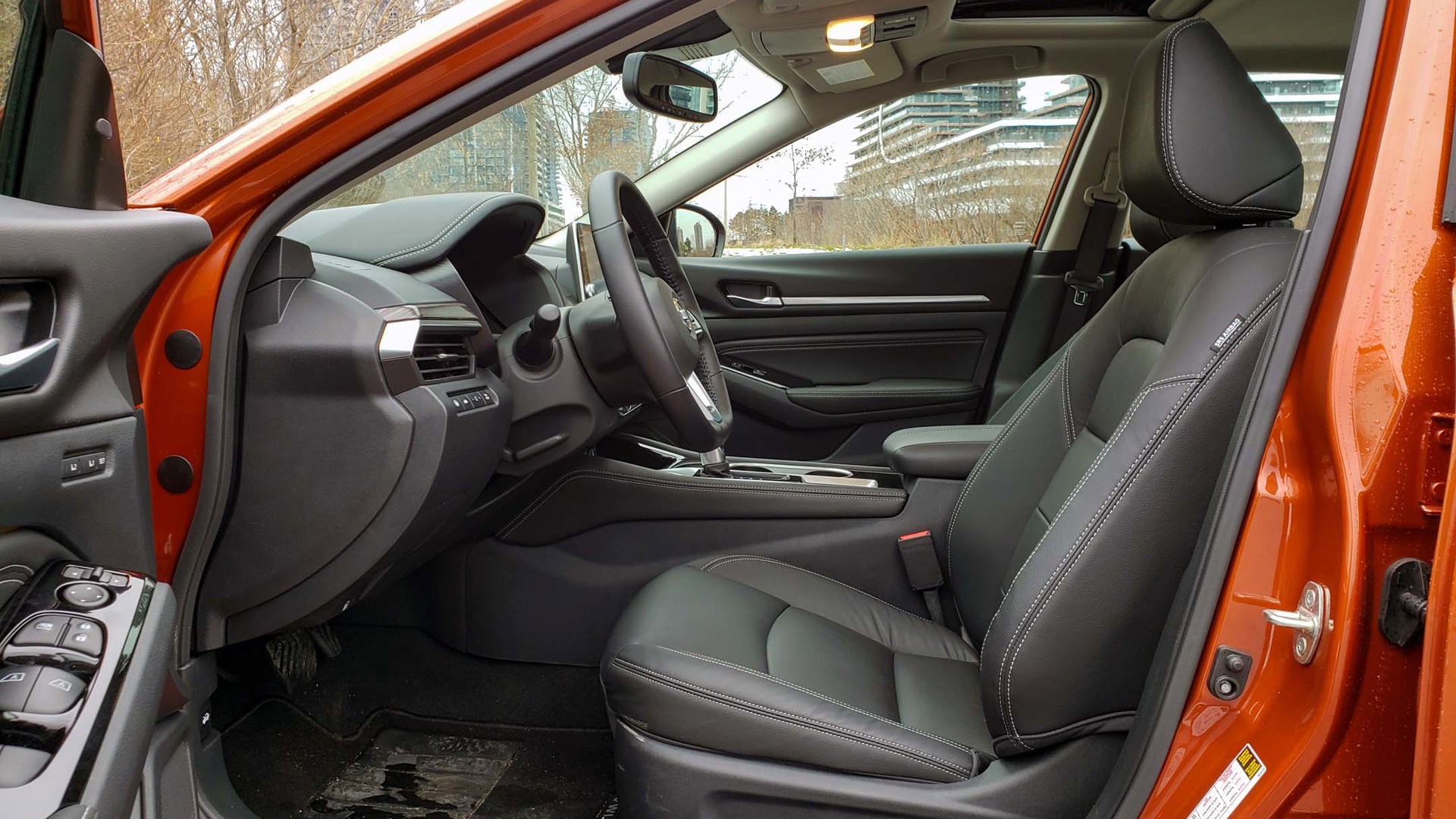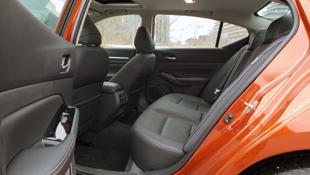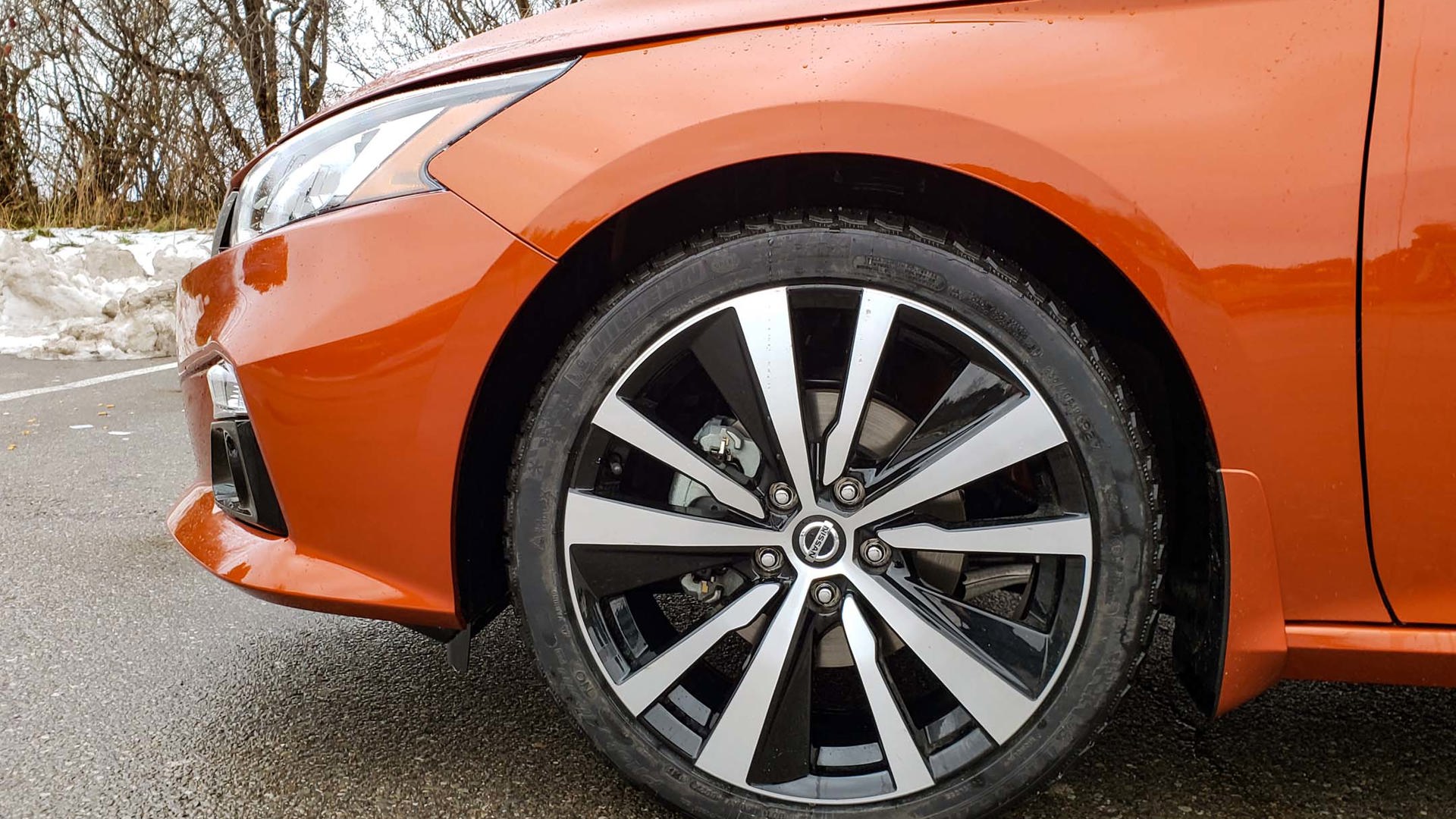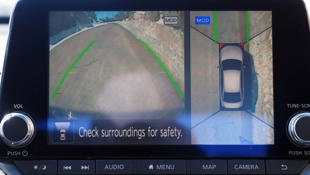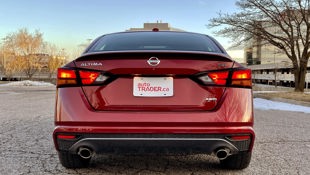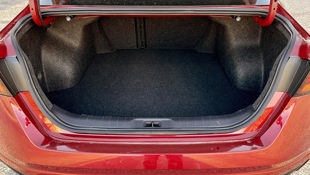 AutoTrader SCORE
AutoTrader SCORE
-
STYLING0/10
-
Safety0/10
-
PRACTICALITY0/10
-
USER-FRIENDLINESS0/10
-
FEATURES0/10
-
POWER0/10
-
COMFORT0/10
-
DRIVING FEEL0/10
-
FUEL ECONOMY0/10
-
VALUE0/10
When the sixth-generation Nissan Altima was introduced for the 2019 model year, it ushered in several firsts for the sedan.
These included the first application of monotube rear shocks, the first offering of 19-inch wheels, and the first application of all-wheel drive (AWD). New styling provides a more assertive look, while technology offerings include Apple CarPlay and Android Auto connections, plus a whole suite of advanced safety and driver assist features.
Under the hood is a 2.5L four-cylinder with 182 hp and 178 lb-ft of torque. That’s paired with an automatic continuously-variable transmission (CVT). The standard AWD system can deliver up to 50 per cent of the engine’s torque to the rear axle when required.
What Owners Like
A glance back at testing notes from a review of the 2019 Alima reveals an affordable sedan that impressed this writer with its approachable and easy-to-use tech, excellent seating, and great highway driving manners. More widely, owners tend to rate this generation of Altima positively for its driving dynamics and feel, overall comfort, and value.
What Owners Dislike
Some may wish for a more upscale look and feel to some of the interior materials, improved back-up camera resolution (especially at night), and some sharper and sportier reflexes to satisfy driving enthusiasts. Owners and other reviewers have complained of intrusive driver assists and bland interior styling.
Automatic Emergency Braking Malfunction
Enough owners of various Nissan models reported trouble with their drive- assist features – especially the automatic emergency braking (AEB) system – that a class-action lawsuit was filed. The main issues revolve around false positives from the AEB system that cause the vehicle to brake automatically for no reason, as well as warning and error messages from this system and others.
First, protect yourself from electronic malfunctions of all sorts by making sure the battery and charging system in the car you’re considering is healthy. Even if the original battery is only a year or two old, have it checked and replaced if required. Do not underestimate the importance of a fresh and healthy battery to the proper function of systems like these.
Drive your car regularly for an extended length of time (20 minutes or more at least once a week) for improved battery health, or consider the use of a trickle charger while your vehicle is parked for extended periods. These two steps can fend off a world of electronic headaches.
Next, ensure the vehicle you’re considering is free of damage to its bumpers or windshield, and that the front and rear bumpers are aligned and mounted properly. Sensors behind the vehicle’s grille and bumpers need to be aligned precisely to function properly, and poor-quality collision repairs can cause issues.
During ownership, regularly clean the radar sensor, vehicle front emblem, and other sensor locations according to the instructions in your owner’s manual. Some owners recommend cleaning behind the grille emblem as well, which houses the Altima’s forward radar unit. Even a thin film of dirt or bug guts can affect system operation.
According to the owner’s community, software updates may be required to fix issues like these. Software updates are installed at the dealership during regular servicing, meaning a dealer-serviced example is more likely to have updated system software installed already. Nissan has also updated or replaced engine control modules in affected cars in some cases.
Note that it’s very important to read the Altima’s manual to fully understand how systems like AEB work, the situations where it doesn’t work, and how the system will alert you when it’s unavailable due to road or weather conditions.
Note that opting for a 2020 or newer unit will help you steer clear of what seems like a first-year issue for this model.
Brake Pedal Switch
Here’s another first-year issue: the brake pedal switch.
In 2019, Nissan recalled several thousand Altimas to check for a brake pedal switch bracket that could have been mounted incorrectly, causing the brake pedal switch to remain active when the pedal isn’t being pressed. In addition to erroneously lighting up the brakes, this issue could cause problems with shifting gears, cruise control operation, or even starting the engine.
Thankfully, the fix is easy and was covered by a recall. To see which, if any recalls apply to the used Altima you’re considering, key in its vehicle identification number (VIN) here.
Back-Up Camera and Infotainment Check
On your test drive, be sure to try the back-up camera in a variety of different situations and lighting conditions. Some owners have reported poor image quality, as well as video feeds that only appear after a considerable delay. Some of these issues may be more apparent in shady or other low-lit areas.
In some cases, problems like these are caused by damaged wiring, typically at the point where the trunk-lid wiring harness moves or bends to accommodate opening the trunk. In other cases, the back-up camera module itself could be defective. Still, if the back-up camera in the Altima you’re considering is behaving strangely, note that Nissan recalled over 1.2 million vehicles to address defective back-up cameras, typically via a software update (which may have already been applied to the vehicle you’re considering).
While you’re paying attention to the back-up camera, be sure to test the infotainment system, too, confirming proper Bluetooth connectivity, the functionality of all USB ports, updated mapping software, and more. If you’ll be using Android Auto or Apple CarPlay, avoid frustration by ensuring you’re using a new, high-quality, healthy and data-capable USB cable when plugging in.
Rear-End Clunk
Some owners have reported a concerning clunking sound from the rear of their Altimas in certain situations. Many have not. Start your test drive by confirming that no loose objects are stored in the vehicle’s rear seat, trunk, or spare tire area that could shift or move and create noise. Next, quiet the vehicle’s cabin and drive at a reasonable speed over some dips, bumps, and potholes, listening carefully for a clunking sound from the rear seat or trunk area.
If you hear a clunk, have the vehicle seen by a technician before you buy. In 2019, Nissan released this service bulletin to help technicians at dealerships identify and address problems with rear suspension components that could result in a clunking sound. In many cases, the fix was a new set of rear shocks under warranty.
A healthy used Altima should handle rough roads without any clunking or unwanted sounds from beneath the vehicle. If you hear anything unusual, have the vehicle inspected professionally before you buy.
Mind the 19s
According to one member of the owner community, shoppers should take note of the wheel size, as well as the spare tire located in its trunk. In this conversation, one owner shares his experience with mounting the temporary spare tire to his Altima equipped with 19-inch wheels. With the (smaller) spare tire mounted alongside three larger wheels, the speed difference caused the Altima’s AWD system to overheat, resulting in a warning to pull over and park.
Note that the use of mismatched tire sizes is known to be harmful to AWD systems, so consider skipping a model with the 19-inch wheels, or upgrading to a full-sized spare.
Safety Ratings
IIHS: Top Safety Pick (2019)
NHTSA: 5/5 Stars (2019)

